Roses remain one of the most versatile landscape plants, adapting to formal estates, tiny balconies, and every space between. Whether you want intoxicating fragrance, timeless romance, or contemporary flair, these 25 rose garden ideas offer complete, themed blueprints you can adapt to your climate, taste, and budget. Dive in to discover layouts, companion plants, hardscape tips, and maintenance pointers that bring each style to life.

1. Formal Parterre Rose Garden
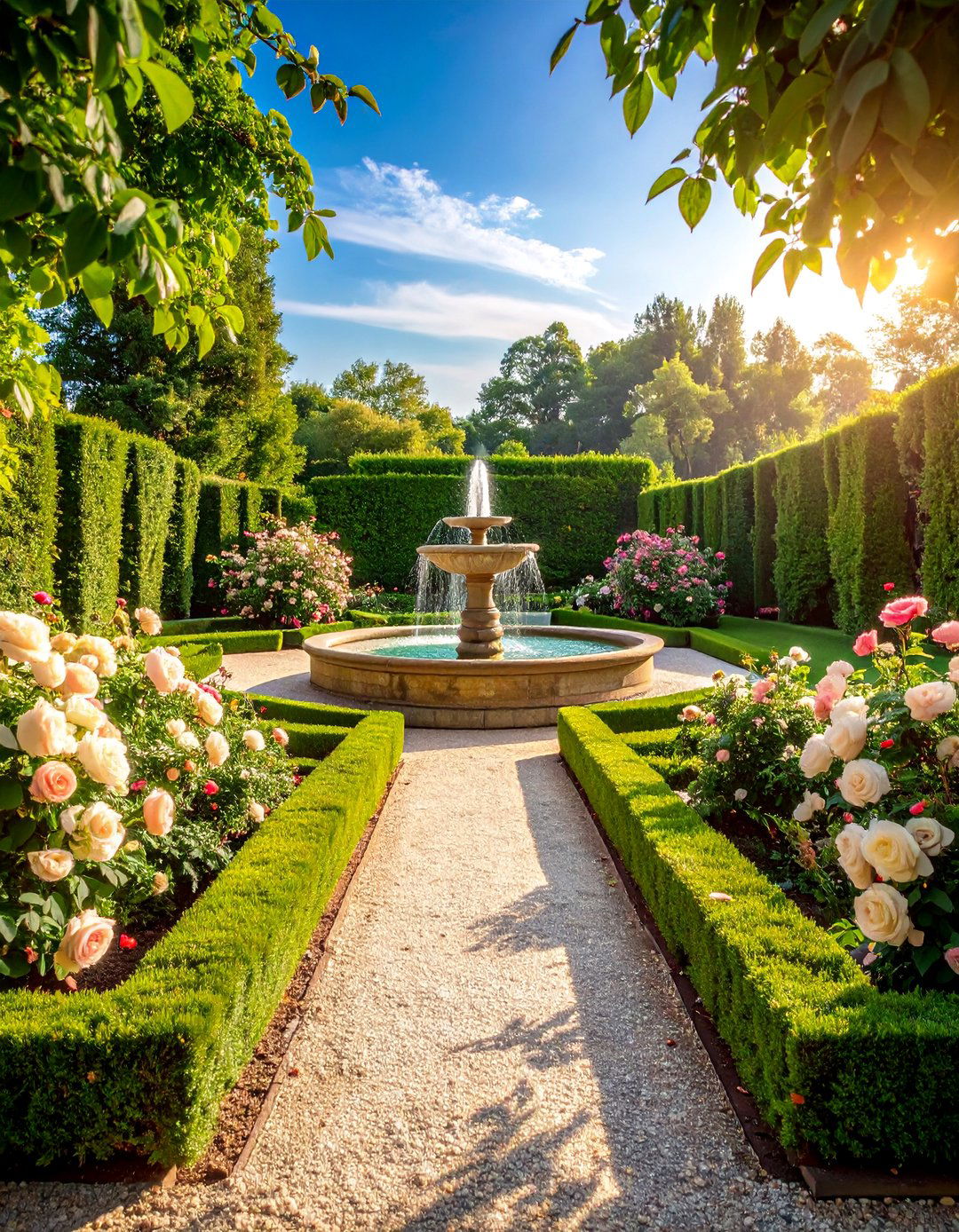
A classic parterre transforms roses into living architecture. Symmetrical, low-clipped boxwood borders frame geometric beds filled with repeat-blooming shrub roses in coordinated shades. Central gravel paths allow tidy access for deadheading, while a tiered stone fountain becomes the focal point. For effortless elegance, limit the palette to two bloom colors — perhaps ivory and blush — to highlight crisp lines. Drip irrigation hidden beneath mulch keeps foliage dry, reducing black spot. At corners, place ornate wrought-iron obelisks blanketed in climbing roses, lifting rich perfume to nose level. Evening uplighting accentuates structure, letting the formal rose garden glow long after sunset.
2. Cottage-Style Rose Garden
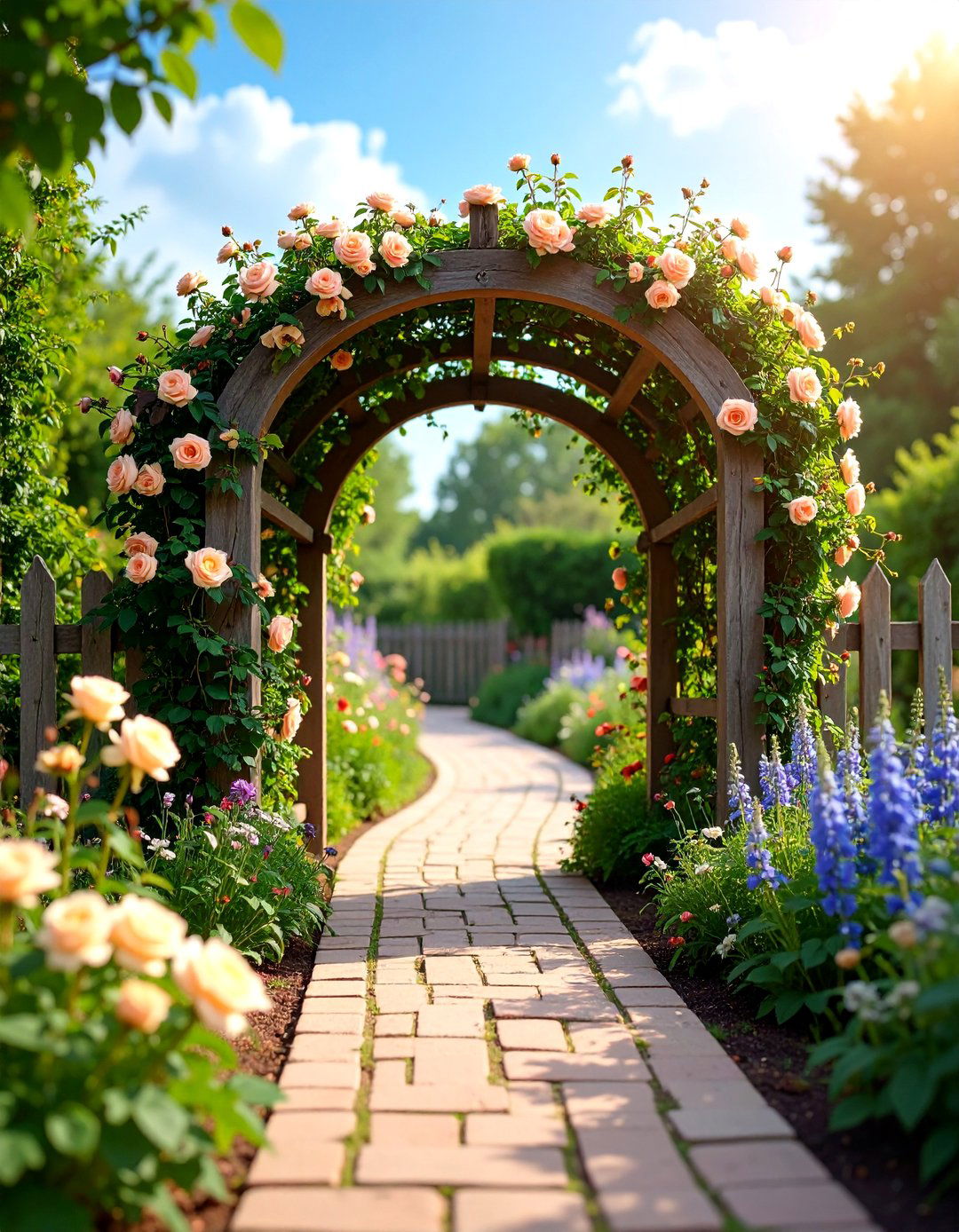
Unlike rigid parterres, a cottage-style rose garden overflows with joyful abundance. Rambler roses scramble over rustic arches, while old-fashioned shrub varieties mingle freely with foxgloves, delphiniums, catmint, and self-sowing annuals. Narrow, meandering brick paths invite slow exploration and spontaneous bouquets. Wooden picket fencing offers both support and storybook charm, and vintage terracotta pots bursting with miniature roses soften corners. Allow spent blooms to form hips for winter interest and wildlife feeding. Mulch generously with homemade compost to encourage healthy soil life rather than chemical inputs. The result is a carefree, romantic riot of color buzzing with bees and hummingbirds from spring through frost.
3. Modern Minimalist Rose Garden
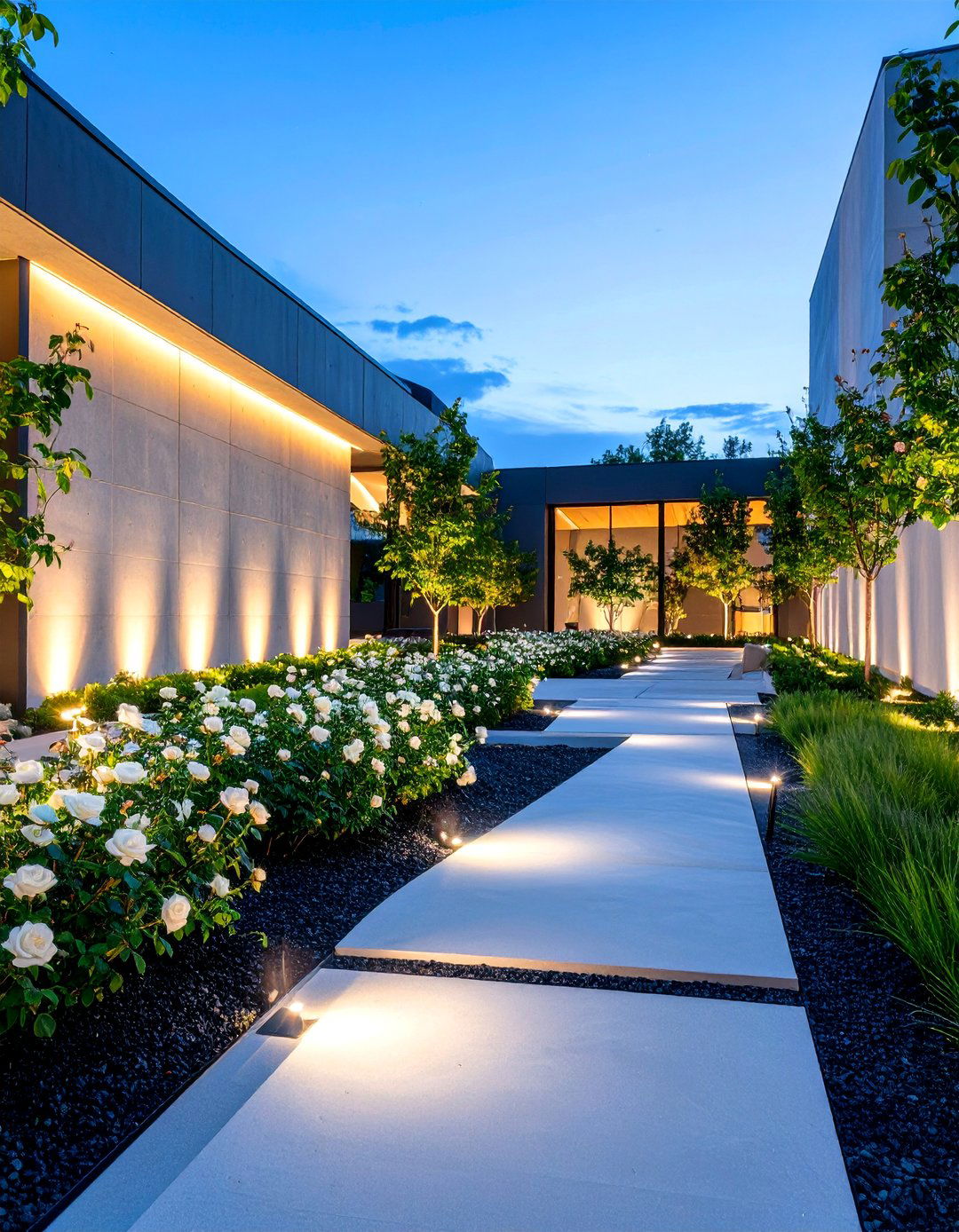
For sleek city dwellers, a modern minimalist rose garden proves that less can still dazzle. Choose a single repeat-flowering hybrid tea variety — think pure white ‘Pope John Paul II’ — and plant it in regimented rows against charcoal concrete retaining walls. Underplant with low, monochrome groundcovers such as black mondo grass for crisp contrast. Stainless-steel edging defines gravel strips, ensuring every line stays razor sharp. Automated subsurface irrigation and integrated uplights keep technology invisible yet effective. Prune vigorously to maintain clean silhouettes, removing all inward-facing canes. The restrained palette amplifies each luminous bloom, turning every rose into living sculpture within the stark, serene space.
4. English Country Rose Garden
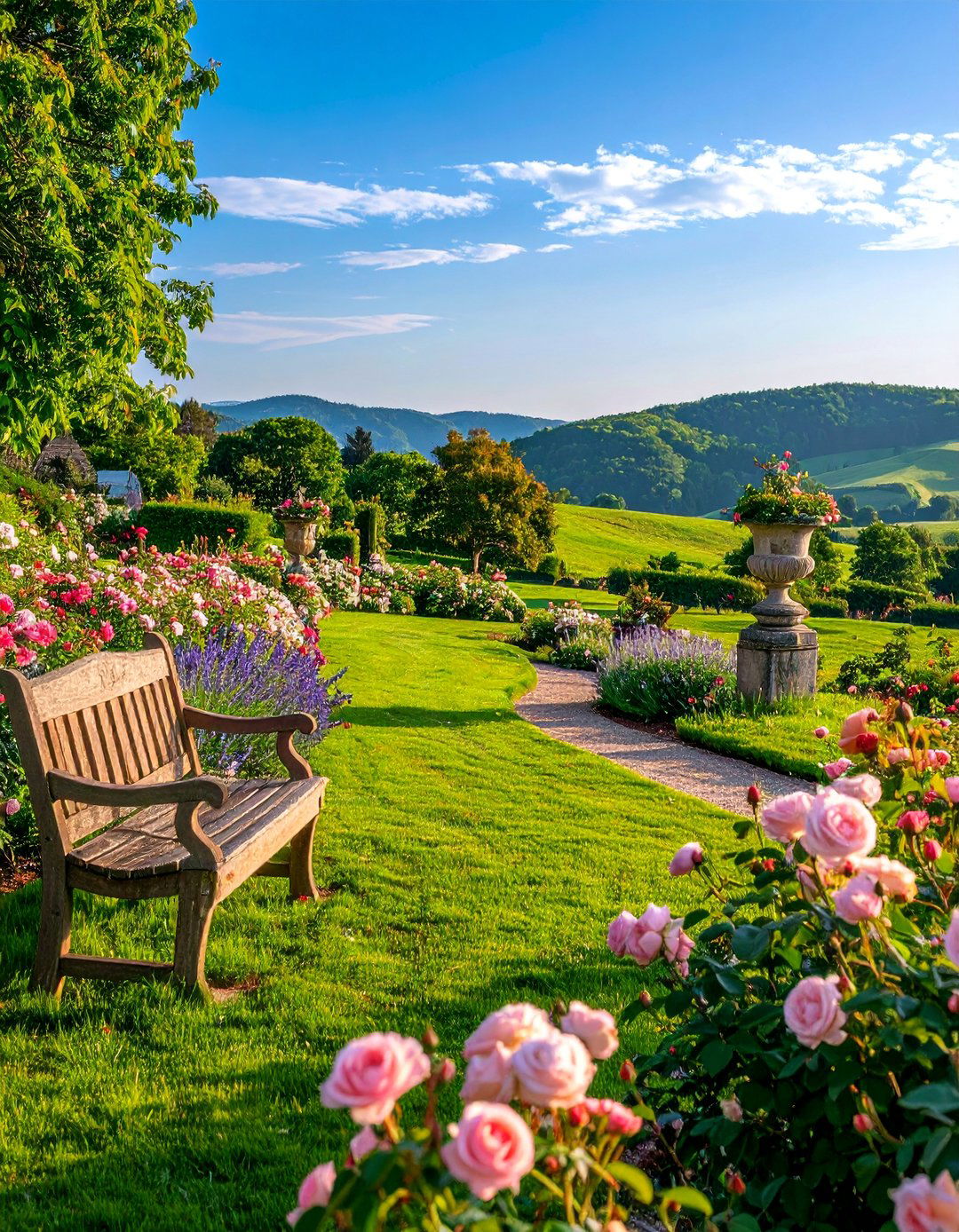
As research shows, the quintessential English country rose garden balances romance with gentle order. Begin with terraced lawns flowing toward broad beds brimming with David Austin shrub roses in soft pastel hues. Interplant airy perennials — lady’s mantle, lavender, and astrantia — to blur edges and suppress weeds. Antique stone urns overflowing with cascading pelargoniums add height without fuss. Install rustic oak benches beneath arching climbers like ‘Gertrude Jekyll’ to create fragrant rest stops. Annual late-winter mulching with well-rotted manure nourishes plants and evokes traditional estate practice. Despite informal planting, maintain a backbone of evergreen yew hedging to anchor the ever-changing waves of billowy blooms.
5. Mediterranean Dry Rose Garden
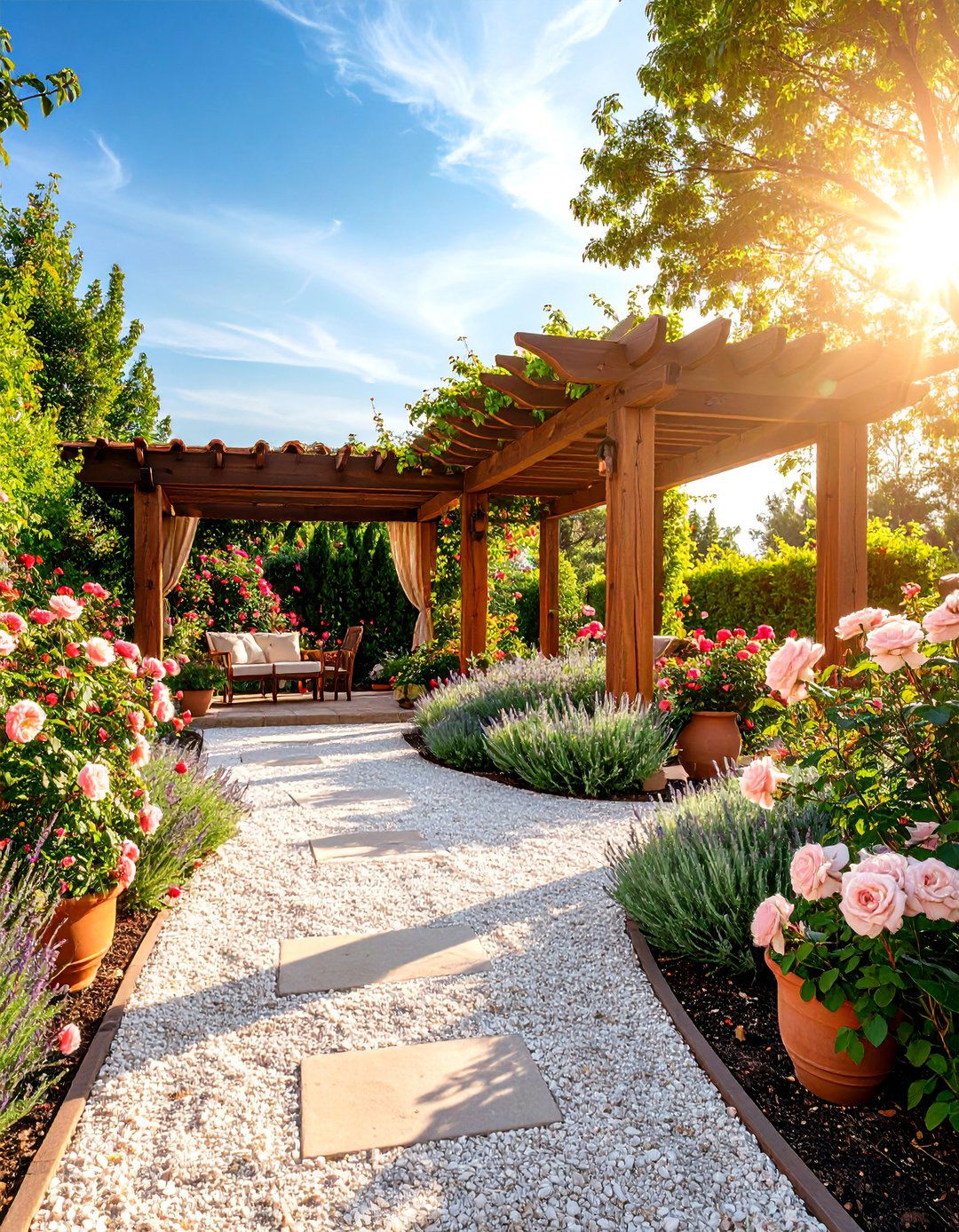
Owing to water restrictions, a Mediterranean dry rose garden relies on heat-tolerant species roses and drought-resistant companions. Choose Rosa chinensis, Rosa rugosa, and modern floribundas bred for arid climates. Plant in gravel-topped mounds to improve drainage; the gravel also reflects heat, encouraging essential oils for stronger scent. Silver-leafed herbs — sage, santolina, and rosemary — provide color contrast and natural pest deterrence. Wide terracotta amphoras double as focal points and supplementary planters for tumbling trailing roses. An open, pergola-shaded seating area crafted from weathered cedar offers respite from midday sun. Monthly deep watering rather than frequent sprinkling builds resilient roots and conserves scarce resources.
6. Rose and Herb Kitchen Garden
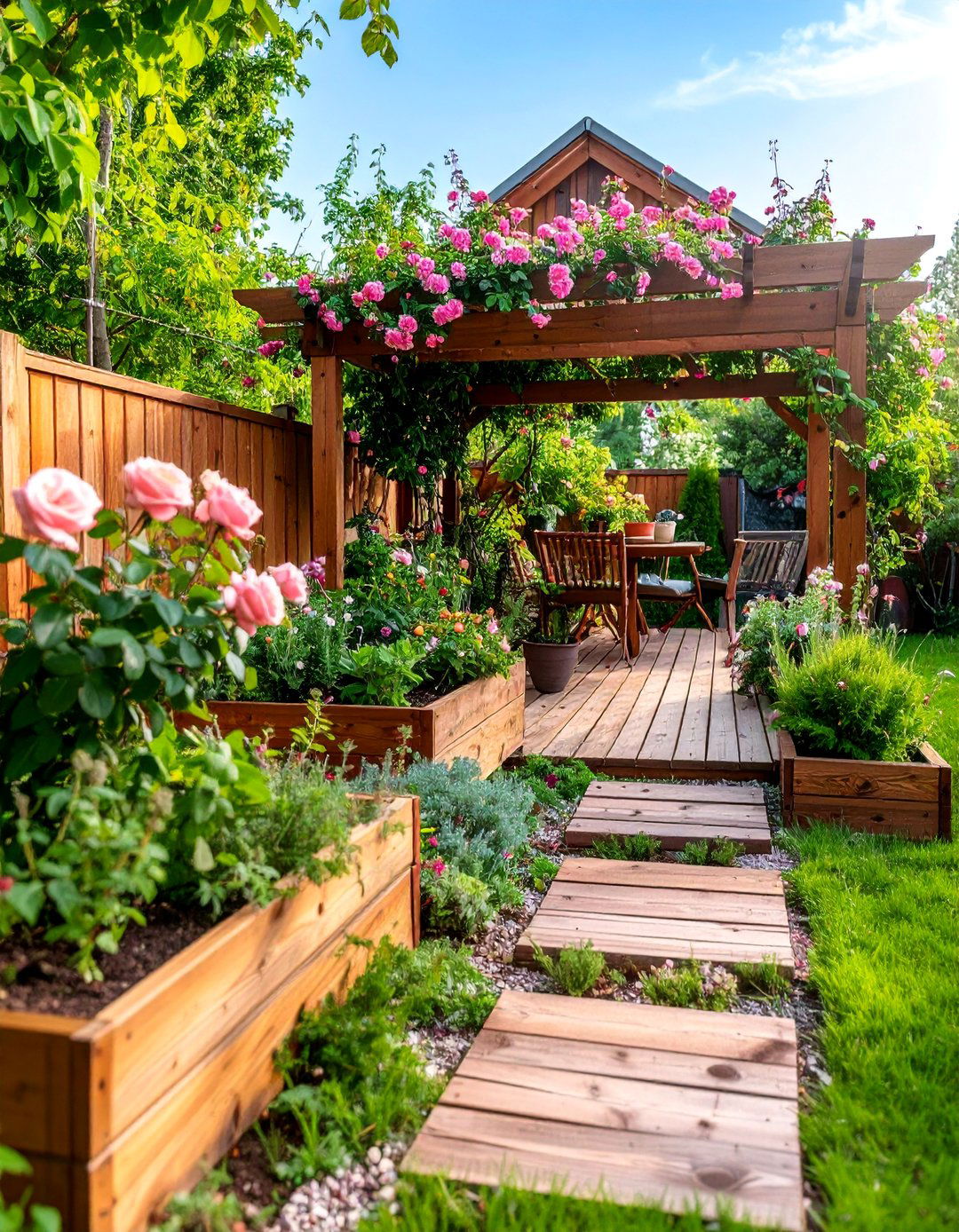
For cooks who crave beauty and flavor, a rose and herb kitchen garden merges culinary utility with floral indulgence. Plant edible Rosa rugosa and ‘Alba’ varieties in raised cedar boxes alongside basil, thyme, and chives. Spiral stepping-stone paths leave ample harvesting space while guiding pollinators through aromatic corridors. Install a small, powder-coated steel trellis at the center, supporting a fragrant climbing ‘Zephirine Drouhin, ’ whose thornless canes simplify picking petals for teas or syrups. Drip lines beneath straw mulch keep leaves dry, reducing fungal disease among neighboring herbs. By integrating companion planting, pests are confused, fragrance multiplies, and dinners gain rose-infused elegance.
7. Rose Pergola Walkway Garden
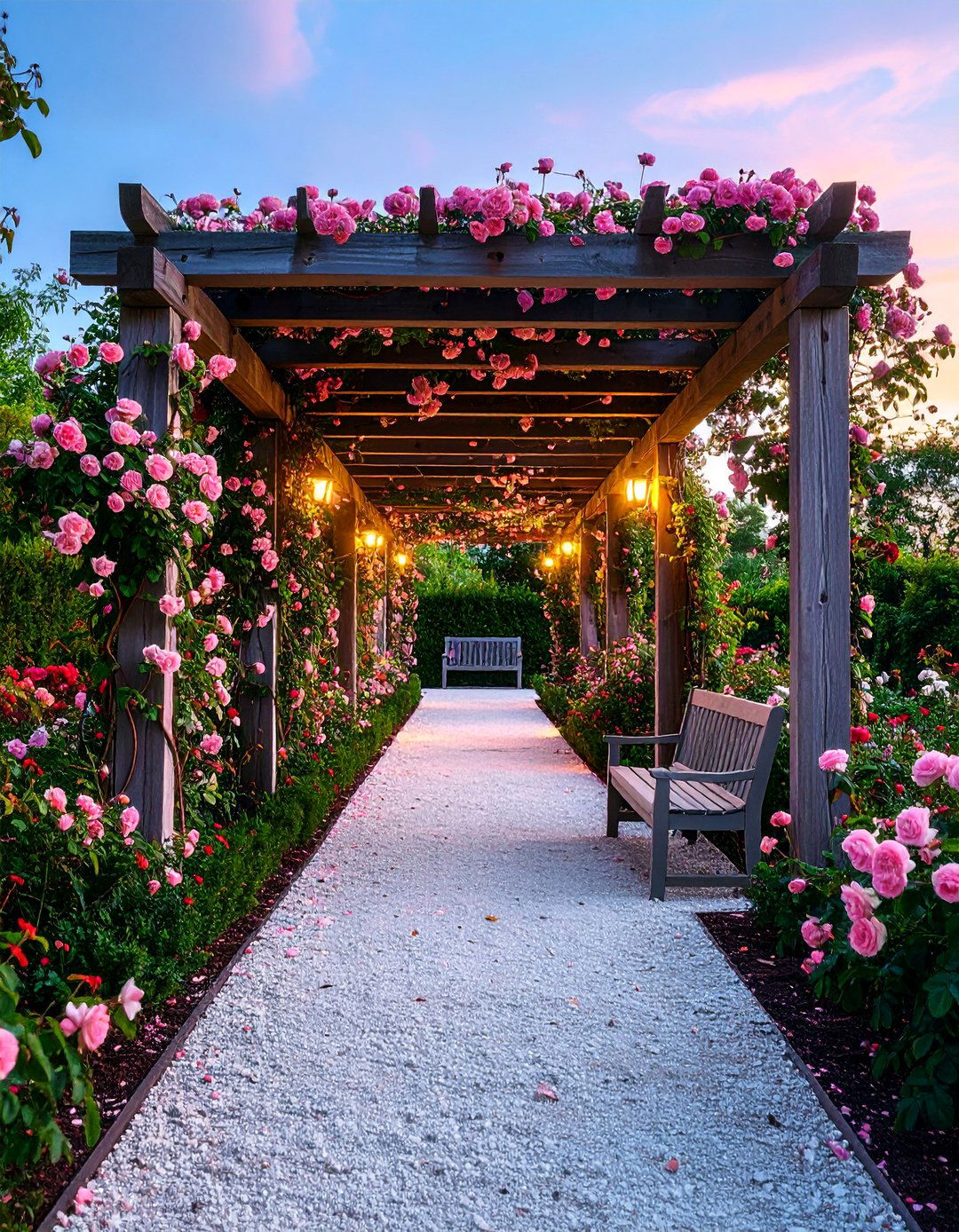
Walking beneath a rose pergola feels like passing through living stained glass. Position sturdy cedar posts eight feet apart and top with crossbeams to support vigorous climbers like ‘New Dawn’ or ‘Eden. ’ Train canes horizontally along wires to maximize bud production, creating curtains of cascading color overhead. Underfoot, lay crushed granite for permeability and rustic appeal. Border the walkway with low mounds of hardy geraniums, whose foliage hides rose drop-leaves. Solar fairy lights woven through canes illuminate evening strolls, while a bench placed mid-pergola invites lingering. Annual winter pruning and replacement of worn ties ensure the floral tunnel remains safe and breathtakingly lush.
8. Vertical Balcony Rose Garden
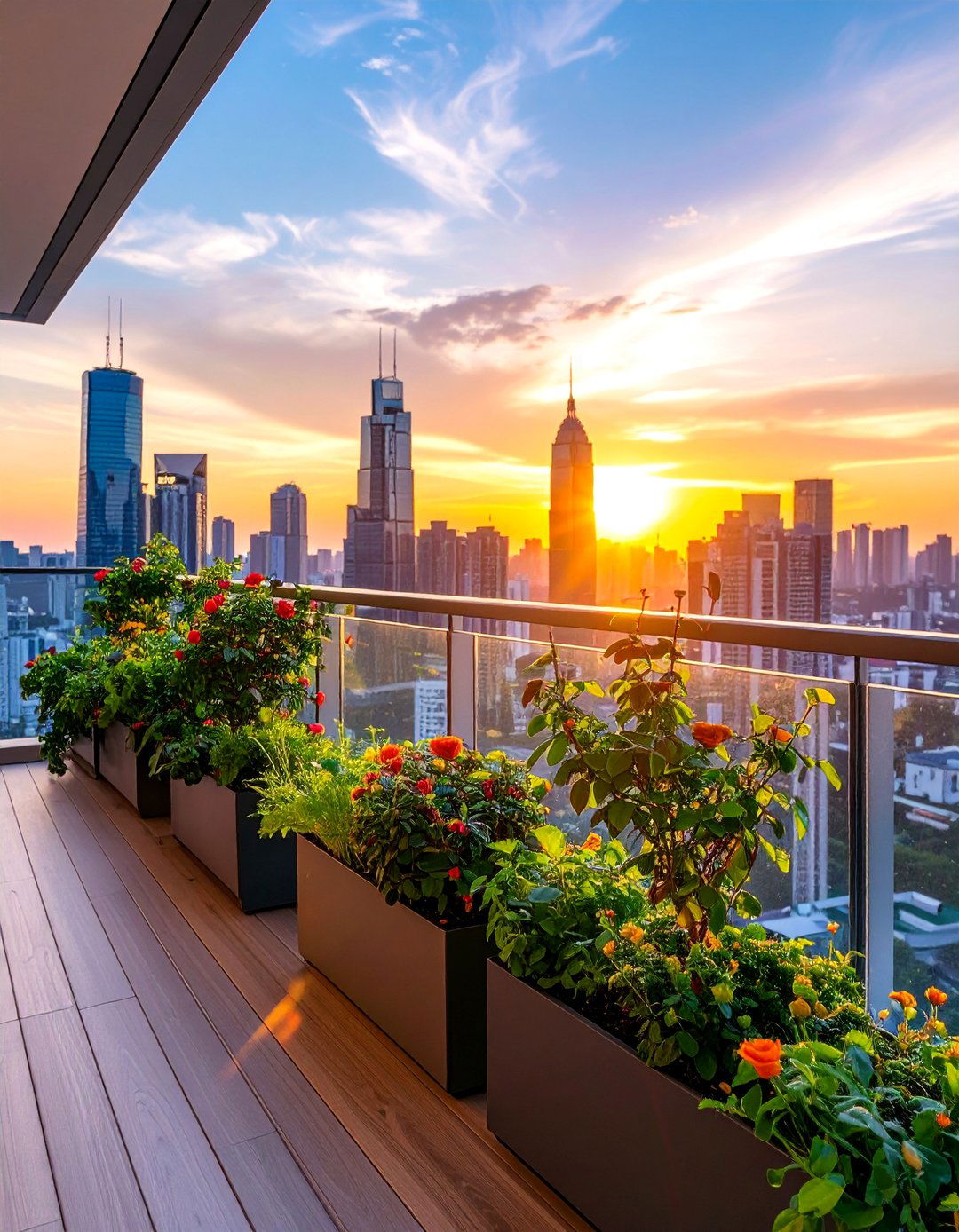
In cramped apartments, a vertical balcony rose garden delivers maximum bloom in minimal square footage. Choose compact climbing varieties such as ‘Jeanne Lajoie’ or patio climber ‘Sunset Boulevard, ’ anchoring them in lightweight self-watering containers. Secure galvanized trellis panels to railings, allowing canes to ascend without infringing on neighbor space. Fill lower vertical pockets with trailing strawberries or thyme to soften structure. Reflective Mylar panels behind plants bounce light back, essential for urban exposure. Organic granular fertilizer applied quarterly maintains nutrients lost through container drainage. By curating height, fragrance, and tasteful screening, you’ll transform any balcony into a fragrant, private retreat aloft the city noise.
9. Fragrant Moonlight Rose Garden
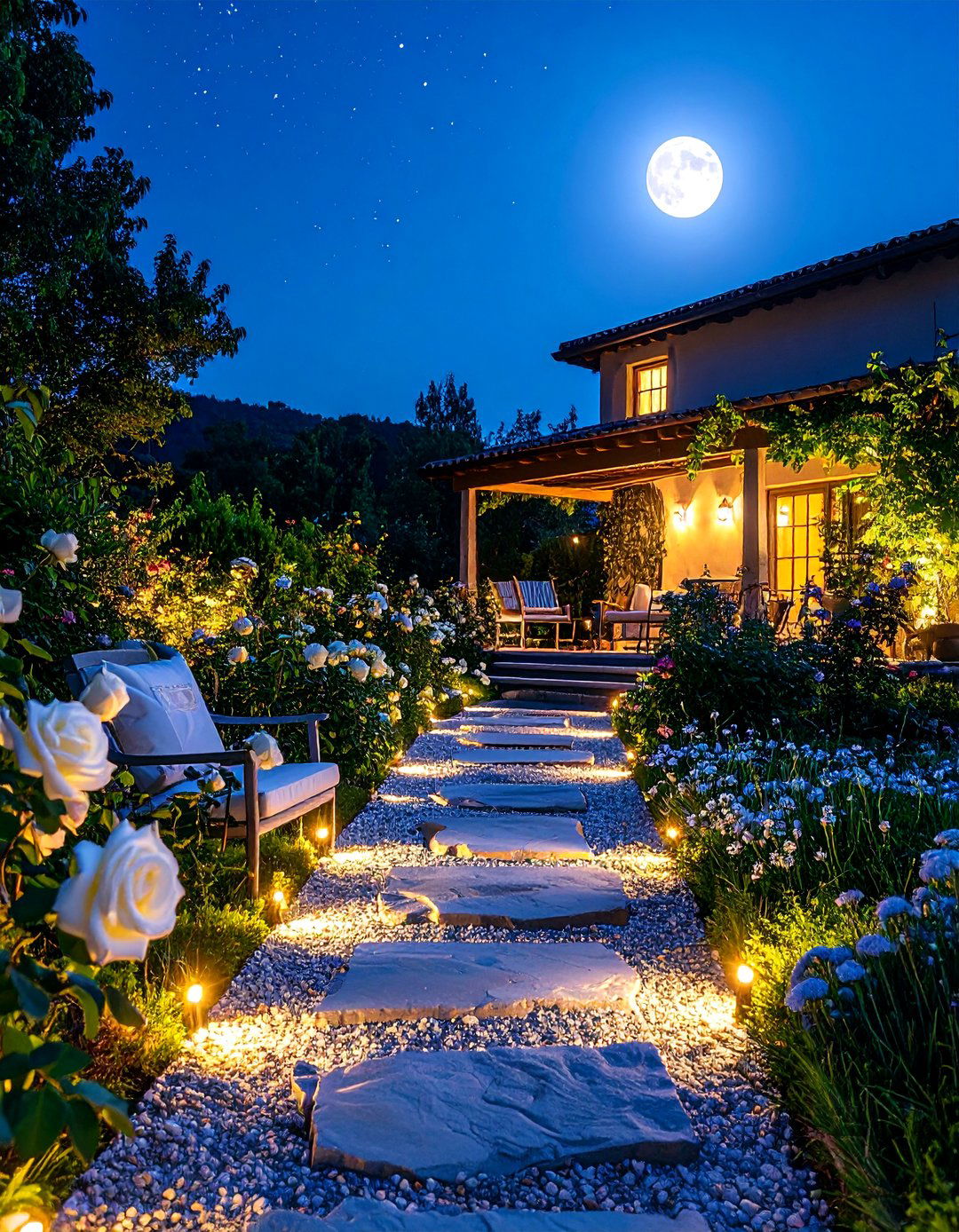
When evenings steal the day, a moonlight rose garden comes alive. Select predominantly white and pale-yellow varieties like ‘Iceberg, ’ ‘Moondance, ’ and the luminous Rosa alba. Position blooms where moon or pathway lights will strike petals, causing them to glow. Incorporate night-scented companions — Nicotiana, jasmine, and evening primrose — to intensify twilight perfume. Soft gravel paths muffle footsteps, preserving hushed ambiance. Choose silver-finished furniture and reflective birdbaths to magnify gentle light. For added drama, install low-wattage cool LEDs at ground level, aimed upward to graze blooms. This serene, color-muted rose garden invites contemplative walks and gatherings under stars rather than midday heat.
10. Wildlife-Friendly Rose Garden

Looking to support local fauna? A wildlife-friendly rose garden pairs single-petaled species roses rich in pollen with diverse nectar plants. Cluster Rosa rugosa, Rosa glauca, and Rosa moyesii to provide autumn hips for birds. Surround roses with native perennials — echinacea, milkweed, and coneflower — to feed butterflies and bees. A shallow stone birdbath under dappled shade offers crucial water, while a log pile encourages beneficial beetles. Avoid pesticides; instead, rely on companion herbs like garlic chives and tansy to deter pests naturally. Allow some spent blooms to remain, fostering seeds and overwintering sites. The resulting ecosystem hums with life, color, and purposeful beauty.
11. Container Patio Rose Garden

For renters or those with paved yards, a container patio rose garden grants flexibility and portability. Pick large, frost-resistant glazed pots at least 18 inches wide, ensuring drainage holes. Plant compact floribundas and miniature roses like ‘Sweet Drift’ in rich, lightweight potting mix amended with compost. Group containers by height to form layered vistas, interspersing cascading bacopa or lobelia for spillover interest. Integrate a vertical umbrella trellis for small climbers, adding shade and privacy. Weekly liquid feeding replaces nutrients flushed away during watering. When seasons change, simply wheel pots to sunny winter shelter or rearrange for fresh design without digging.
12. Zen-Inspired Rose Garden
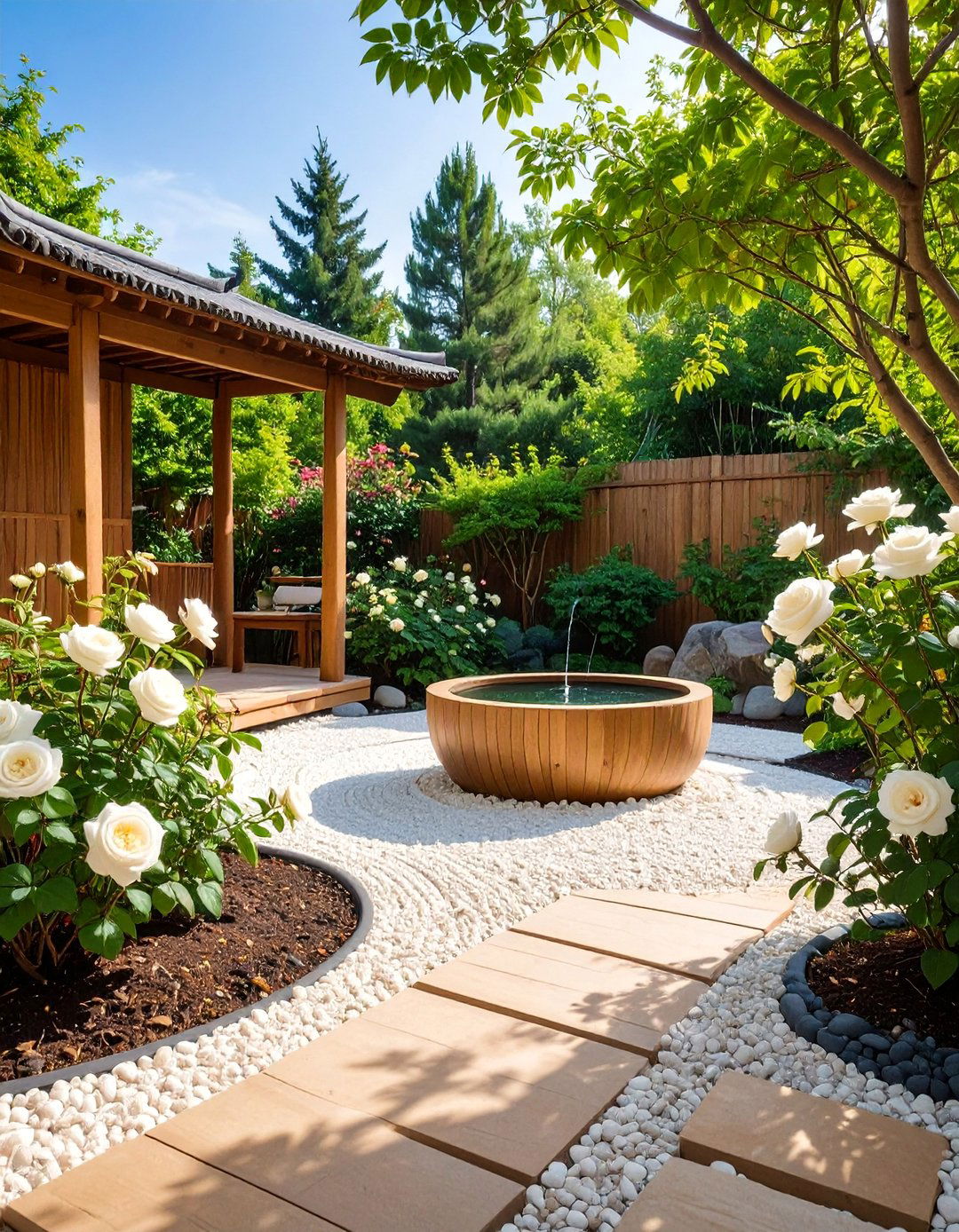
Despite roses’ European reputation, they can embody Eastern serenity within a Zen-inspired setting. Choose five carefully pruned shrub roses in tranquil hues — white, soft pink, and pale apricot — planting them asymmetrically among raked gravel swirls that symbolize water. Rough basalt boulders anchor compositions, while low Japanese black pine offers evergreen structure. A bamboo water basin (tsukubai) adds meditative sound and attracts small birds. Limit supplementary plants to moss islands and ornamental grasses for restraint. Annual winter thinning keeps each rose’s outline open, echoing bonsai principles. The sparse palette allows every dewy bloom to represent fleeting beauty, aligning horticulture with mindfulness.
13. Color-Block Rainbow Rose Garden
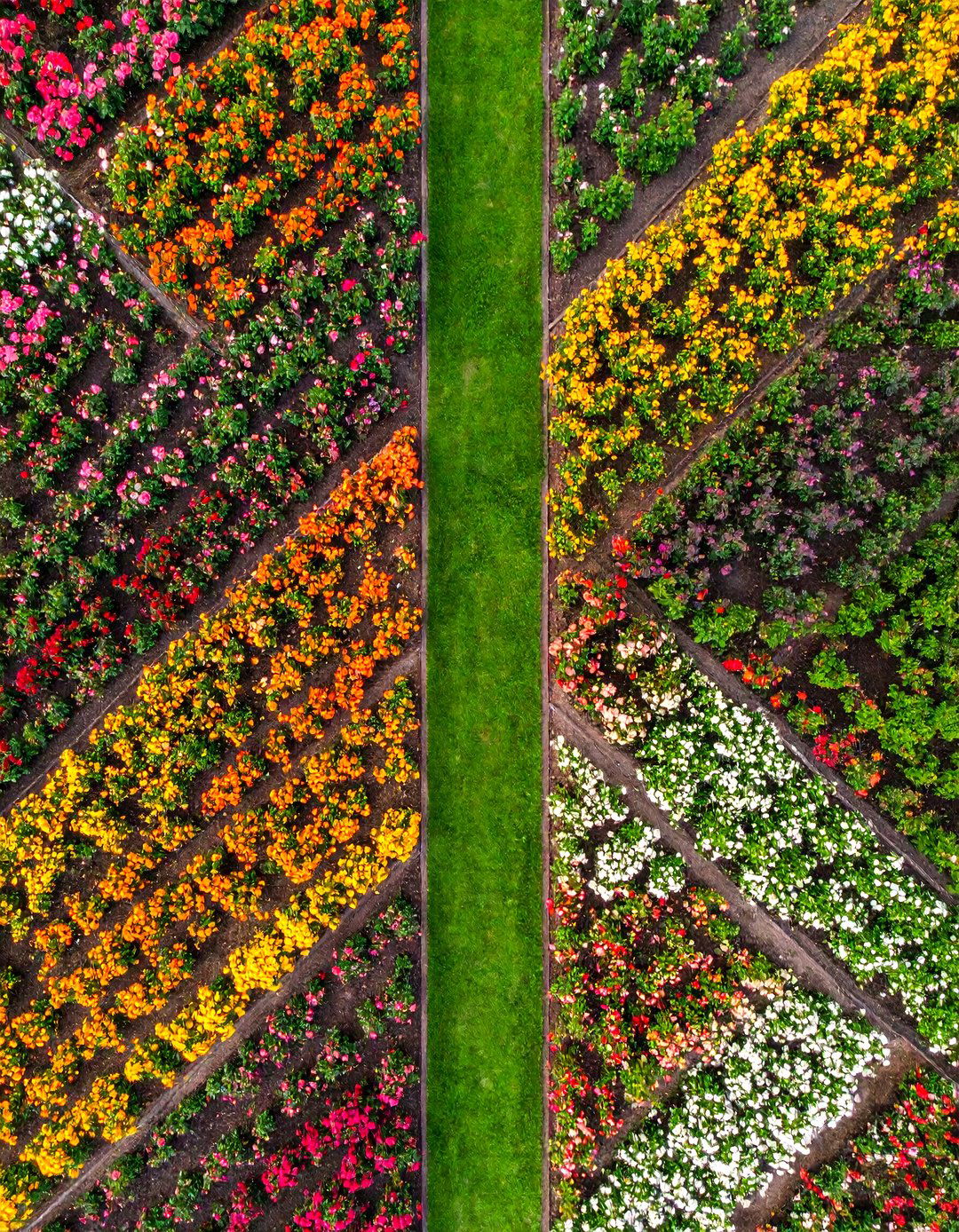
For bold spirits, a color-block rainbow rose garden transforms the spectrum into living stripes. Design wide, linear beds radiating from a central lawn, each dedicated to a single hue: crimson, coral, golden yellow, pure white, lavender, and deep magenta. Select shrub roses with similar growth habits for uniformity — ‘Knock Out’ series offers matching shapes across colors. Underplant each block with monochrome annuals — blue salvia beneath purple roses, golden marigolds under yellow — to intensify impact. Hidden drip tubing delivers consistent moisture, preventing color fade from stress. From aerial view, the garden resembles a painter’s palette, creating a show-stopping centerpiece for summer gatherings and drone photography alike.
14. Vintage Victorian Rose Garden
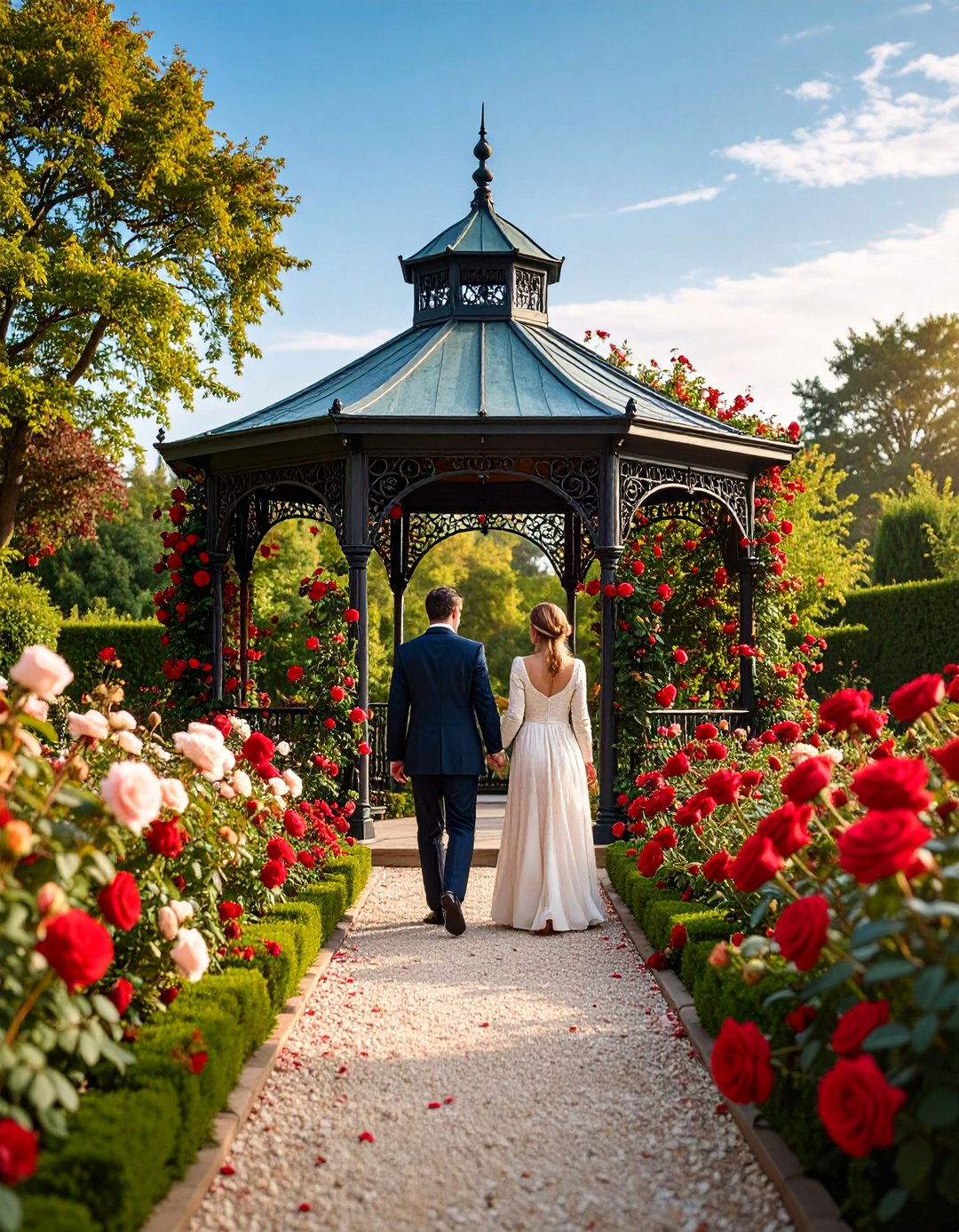
Step back in time with a vintage Victorian rose garden overflowing with heritage charm. Cast-iron gazebos draped in crimson ‘Mr. Lincoln’ and mauve ‘Reine des Violettes’ anchor gravel circles bordered by clipped privet. Mass plant fragrant tea roses in demi-lune beds edged with scalloped ceramic tiles. Install ornate birdcage planters filled with pansies and trailing ivy to complete period authenticity. Use decorative coal scuttles as watering cans for theatrical flair during maintenance. Fertilize with aged manure teas, echoing 19th-century practices. Guests strolling beneath parasols will feel transported to a bygone era of poetry readings and lace gloves amid velvety, perfumed blooms.
15. Prairie Meadow Rose Garden
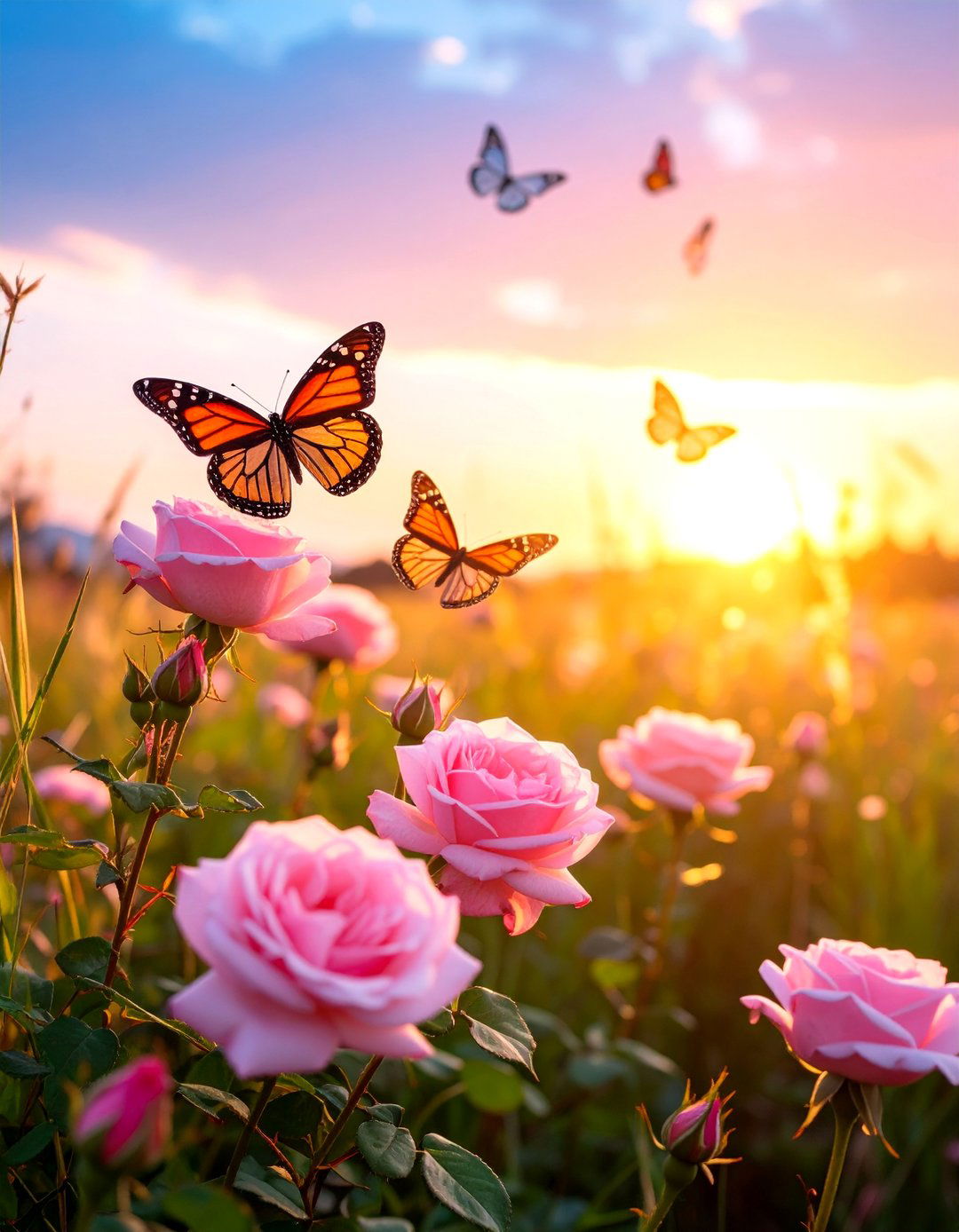
Prairie enthusiasts can weave roses into flowing grasslands by selecting robust shrub varieties like ‘Prairie Joy’ and ‘Above and Beyond. ’ Space plants in irregular drifts among little bluestem, switchgrass, and purple coneflower. The grasses’ movement contrasts roses’ static form and offers winter texture when blooms sleep. Install permeable flagstone stepping stones, disappearing into the meadow to preserve wild ambience. Use minimal fertilizer, relying instead on deep roots and mycorrhizal inoculant for resilience. Controlled spring burns or careful mowing rejuvenate grasses without harming crown-hardy roses. The resulting tapestry feels expansive, naturalistic, and alive with rustling sound and migrating pollinators.
16. Small Urban Courtyard Rose Garden
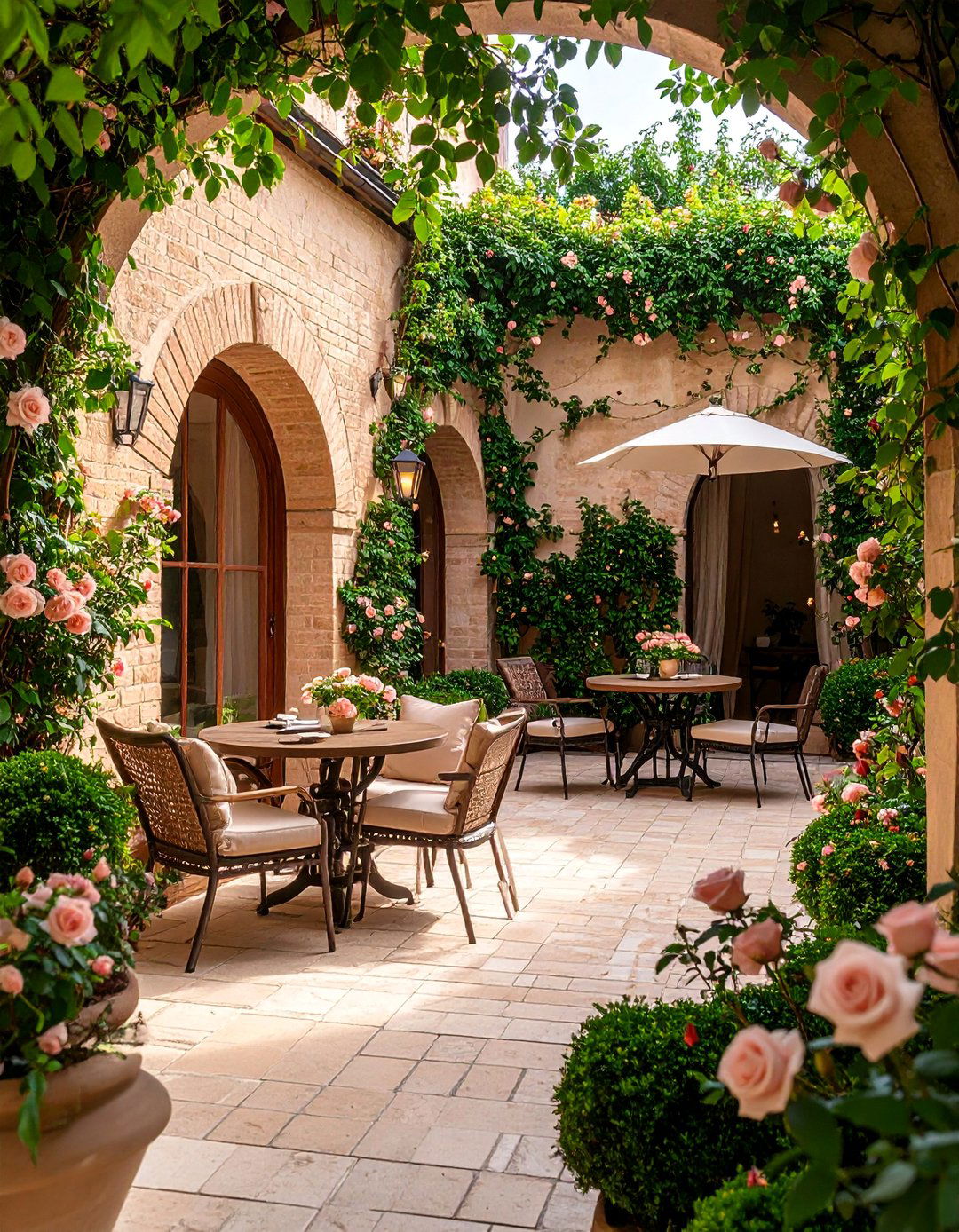
For tight city plots hemmed by brick, a small urban courtyard rose garden maximizes vertical and reflective elements. Paint walls pale cream to bounce light onto shade-tolerant climbers like ‘Zephirine Drouhin. ’ Add slim mirrored panels between trellises to visually double space. A narrow, L-shaped raised bed lines boundaries, planted with compact shrub roses flanked by evergreen box balls for winter form. Central space hosts a bistro set atop porcelain pavers, with dwarf fountain trickling to mask traffic noise. Use uplights at ground level to illuminate blooms, creating evening ambiance. Regular foliar feeds offset nutrient-poor urban soils, keeping roses vigorous in the concrete canyon.
17. Water Feature Rose Garden
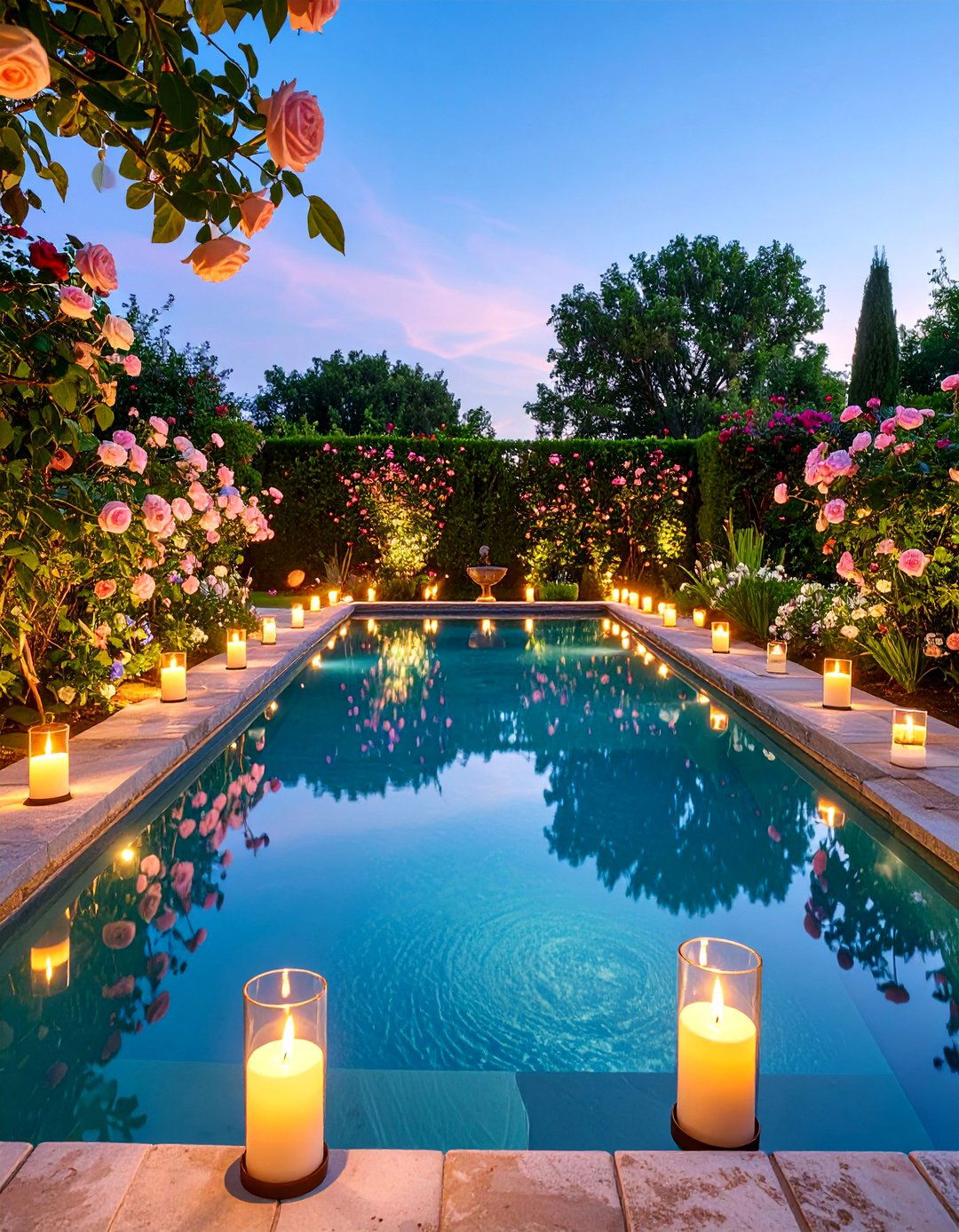
Certainly, coupling roses with water multiplies sensory delight. At the heart, position a rectangular reflecting pool framed by terracotta coping. Plant weeping standard roses at corners, their cascading blossoms mirrored on placid surfaces. Moisture-loving dwarf irises edge the waterline, seamlessly linking floral palettes. A discrete pump circulates water, discouraging mosquitoes without distracting noise. Rough-hewn limestone paths radiate outwards to beds of repeat-blooming roses in harmonizing pastel shades. Reflections double color impact, while evaporative cooling benefits rose health during heatwaves. Seasonal floating candles or lotus blooms heighten romance, turning the water-feature rose garden into a showpiece for weddings and celebrations.
18. Raised Bed Accessible Rose Garden
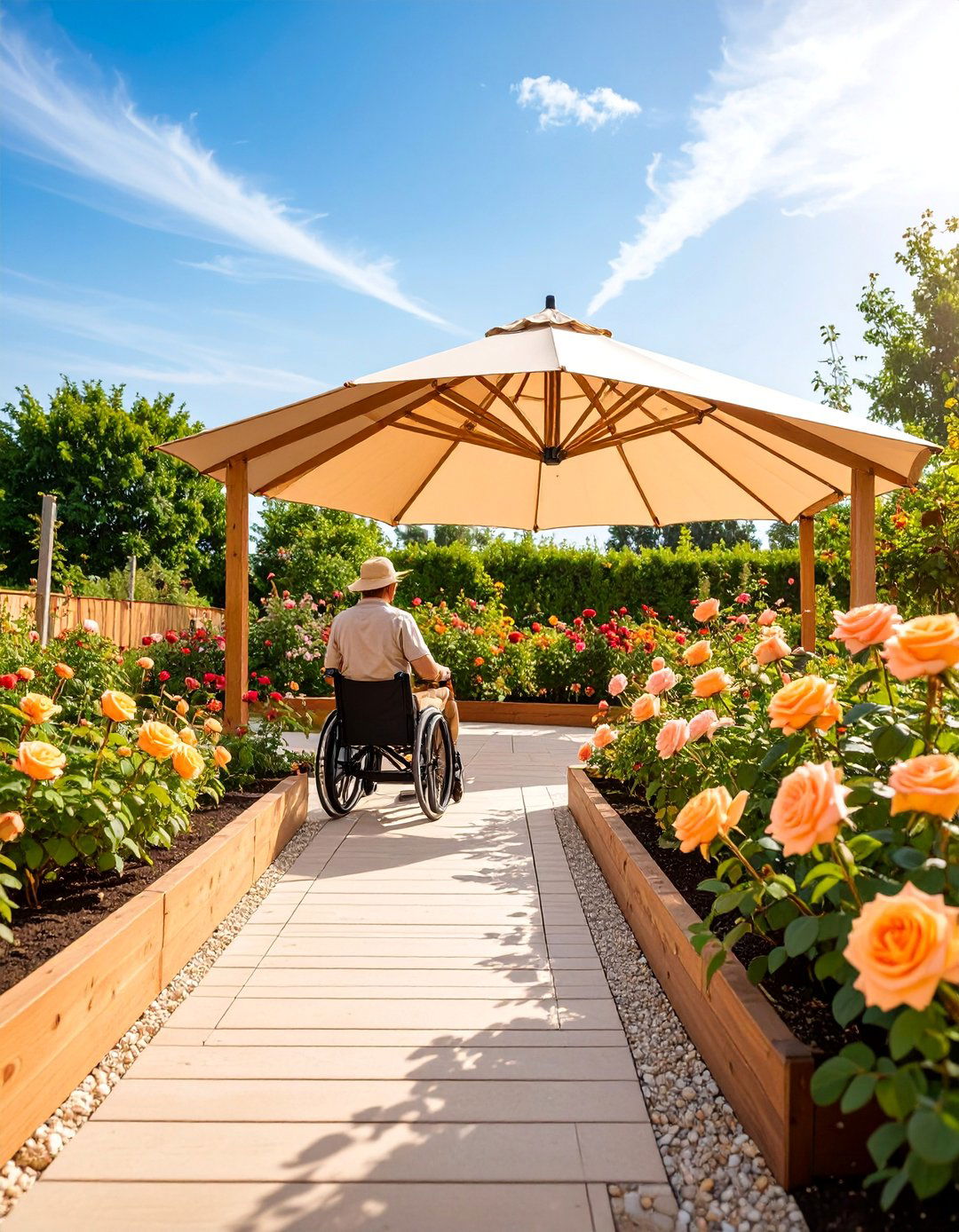
For gardeners with limited mobility, a raised bed accessible rose garden keeps blooms within comfortable reach. Construct cedar boxes three feet high and at least three feet wide, ensuring adequate root depth. Install wide, nonslip gravel paths with room for wheelchairs or walkers. Plant disease-resistant, low-maintenance varieties like ‘At Last’ to reduce labor. Drip irrigation controlled by smartphone minimizes bending, and retractable shade sails mitigate midday fatigue. Add aromatic understory — lavender and dwarf sage — to attract pollinators and encourage tactile engagement. Seasonal color remains at eye level, providing therapeutic scent and beauty without physical strain, allowing everyone to nurture roses with ease.
19. Edible Rose Garden

For those craving beauty with a culinary twist, an edible rose garden centers on hips, petals, and fragrant leaves. Select high-vitamin C varieties like Rosa rugosa ‘Alba’ and ‘Hansa, ’ spacing them for airflow to reduce spray needs. Surround bushes with edible companions — borage, calendula, and chervil — to create salad-ready beds. Install stainless harvest tables nearby for immediate prep of petal jam or hip tea. Avoid systemic pesticides; instead, rely on neem oil and handpicking to maintain food safety. Regular deadheading through midsummer prolongs bloom, while allowing hips to mature in autumn yields jewel-toned preserves prized for winter immunity boosters.
20. Rustic Farmhouse Rose Garden
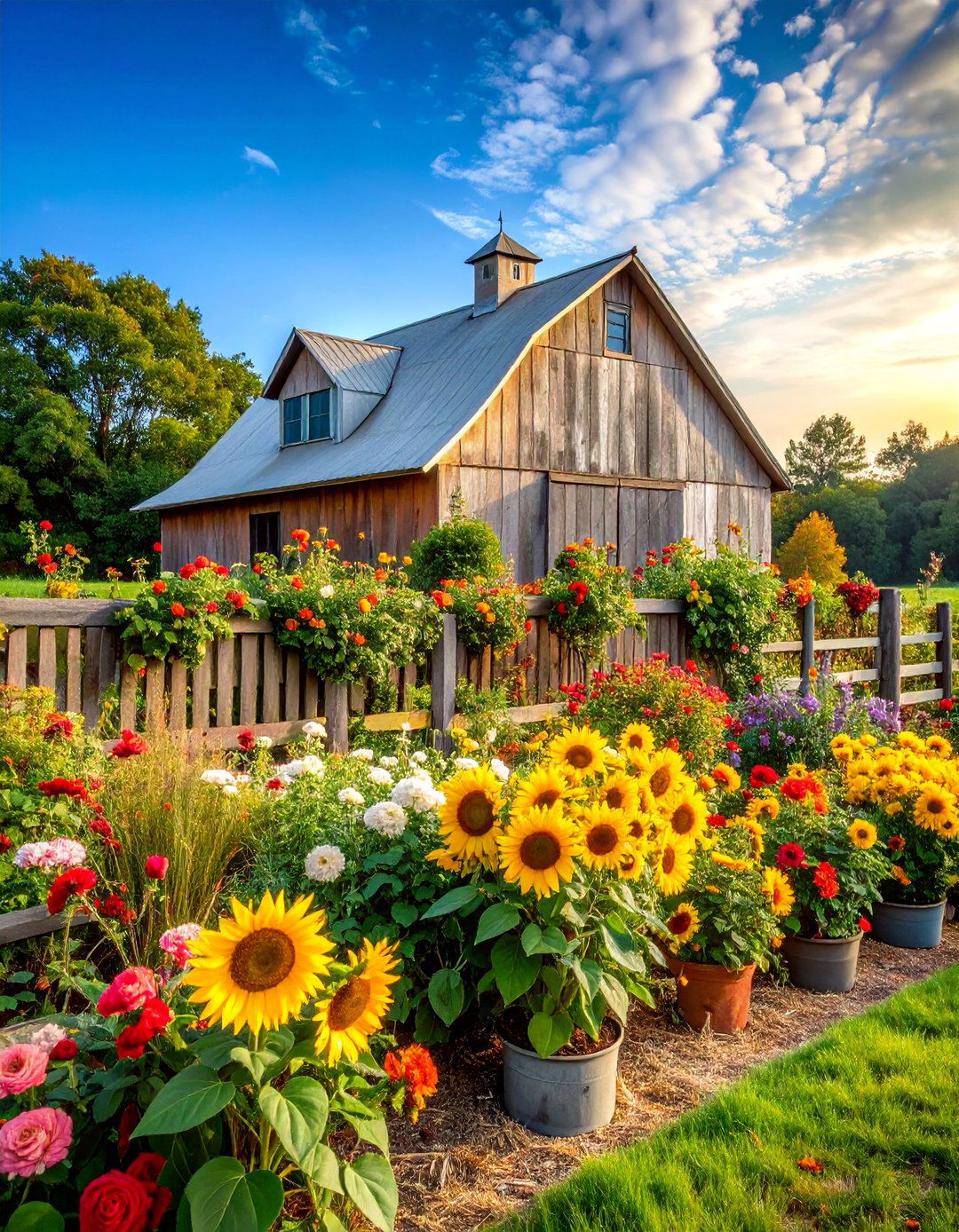
A rustic farmhouse rose garden exudes weather-worn charm. Rough cedar split-rail fences support climbing ‘American Pillar’ and hardy ‘William Baffin. ’ Wide gravel alleys lead to galvanized livestock troughs repurposed as containers for disease-tolerant floribundas. Scatter straw mulch thickly, echoing barnyard textures while conserving moisture. Mix in sunflowers, hollyhocks, and ornamental kale for farm-fresh diversity. An aged wagon wheel leaning against a shed provides instant nostalgia and a trellis for ramblers. Compost generated from kitchen scraps and chicken coop bedding enriches soil naturally. The overall impression is hearty, informal, and steeped in pastoral memory, yet brimming with long-lasting blooms.
21. Shade-Tolerant Woodland Edge Rose Garden

Despite common belief, certain roses flourish in dappled light. At the woodland edge, plant shade-tolerant cultivars like ‘Ballerina, ’ ‘Madame Plantier, ’ and species Rosa setigera. Interweave ferns, hostas, and astilbes to maintain ground coverage and moisture. Layer mulch with shredded leaves for woodland authenticity and fungal support. A curved bark-chip path winds through trunks, opening onto small clearings where roses receive four hours of sun. Use moss-covered logs as natural seating, encouraging immersion in filtered fragrance. Supplemental foliar feeding compensates for lower photosynthesis rates. Birds and insects benefit from diverse habitat, while gardeners enjoy unexpected roses glowing against verdant forest backdrops.
22. Coastal Wind-Resistant Rose Garden

To thrive along breezy shores, a coastal wind-resistant rose garden emphasizes sturdy, salt-tolerant selections. Begin with Rosa rugosa hybrids planted behind low, woven willow windbreaks that slow gusts without blocking sea views. Sandy soil amended with seaweed compost provides trace minerals and improved water retention. Companion plants — sea thrift, grasses, and hardy geraniums — anchor loose sand. Pebble mulch discourages evaporation and reflects sunlight onto blooms. Rust-proof aluminum pergolas draped in ‘Sea Foam’ climbers create sheltered seating. Choose corrosion-resistant irrigation fittings and regularly rinse foliage to remove salt spray. The resulting garden harmonizes with maritime elements while offering resilient color and perfume.
23. Rooftop Rose Garden
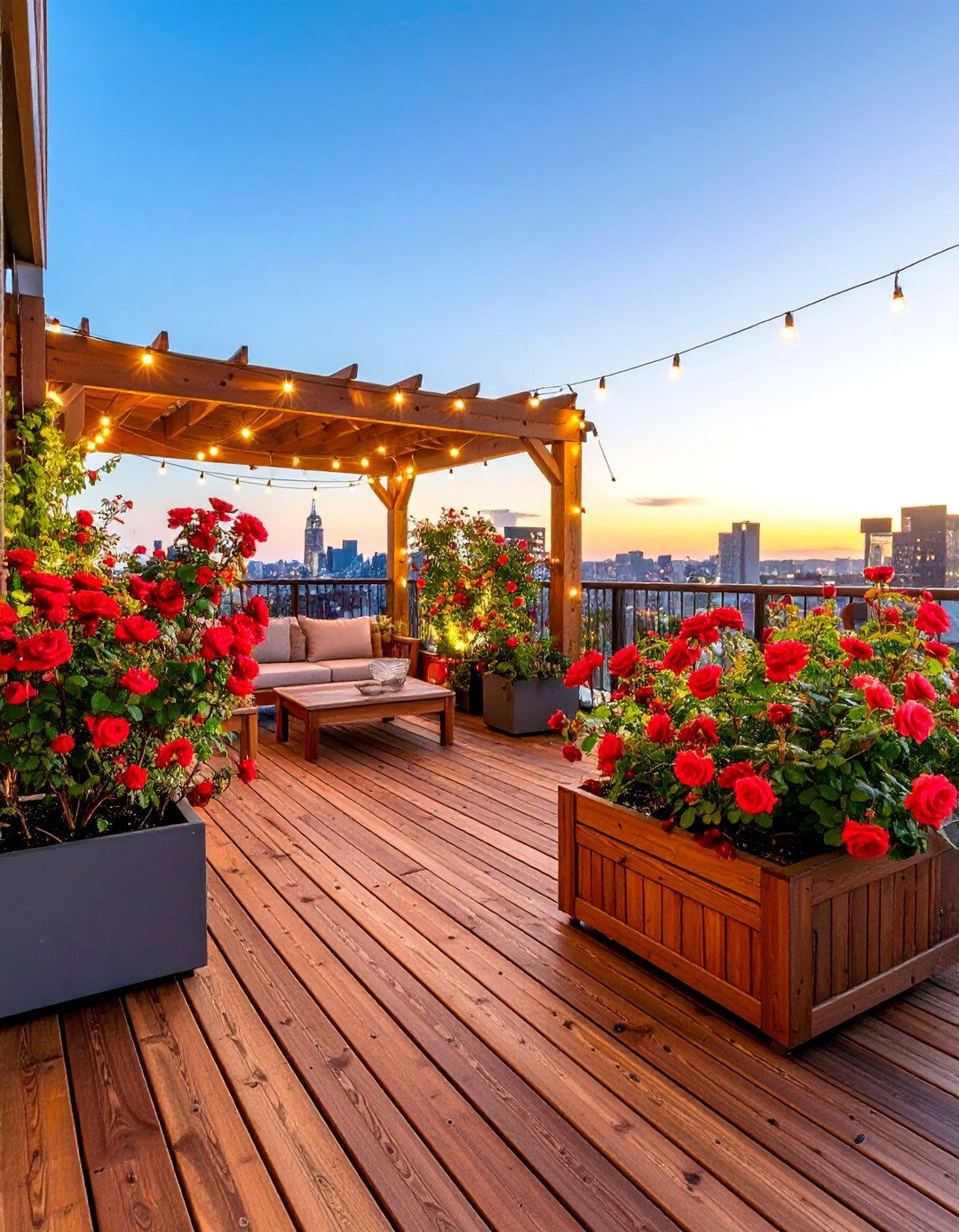
When land is scarce, a rooftop rose garden elevates horticulture skyward. Install lightweight, high-strength fiberglass planters with integrated irrigation reservoirs to meet structural limits. Use engineered soil mixes one-third the weight of standard loam yet retaining moisture. Select compact, wind-tough roses like ‘Oso Easy Urban Legend, ’ anchoring canes to trellis hoops fixed to parapets. Surround plantings with cedar decking tiles for thermal insulation underfoot. Solar-powered string lights zigzag overhead, turning the space into an evening lounge. Regular wind-pruning keeps growth balanced, while slow-release fertilizer pellets minimize runoff into storm drains. The skyline backdrop provides dramatic contrast to vivid blooms.
24. Sustainable Low-Maintenance Rose Garden
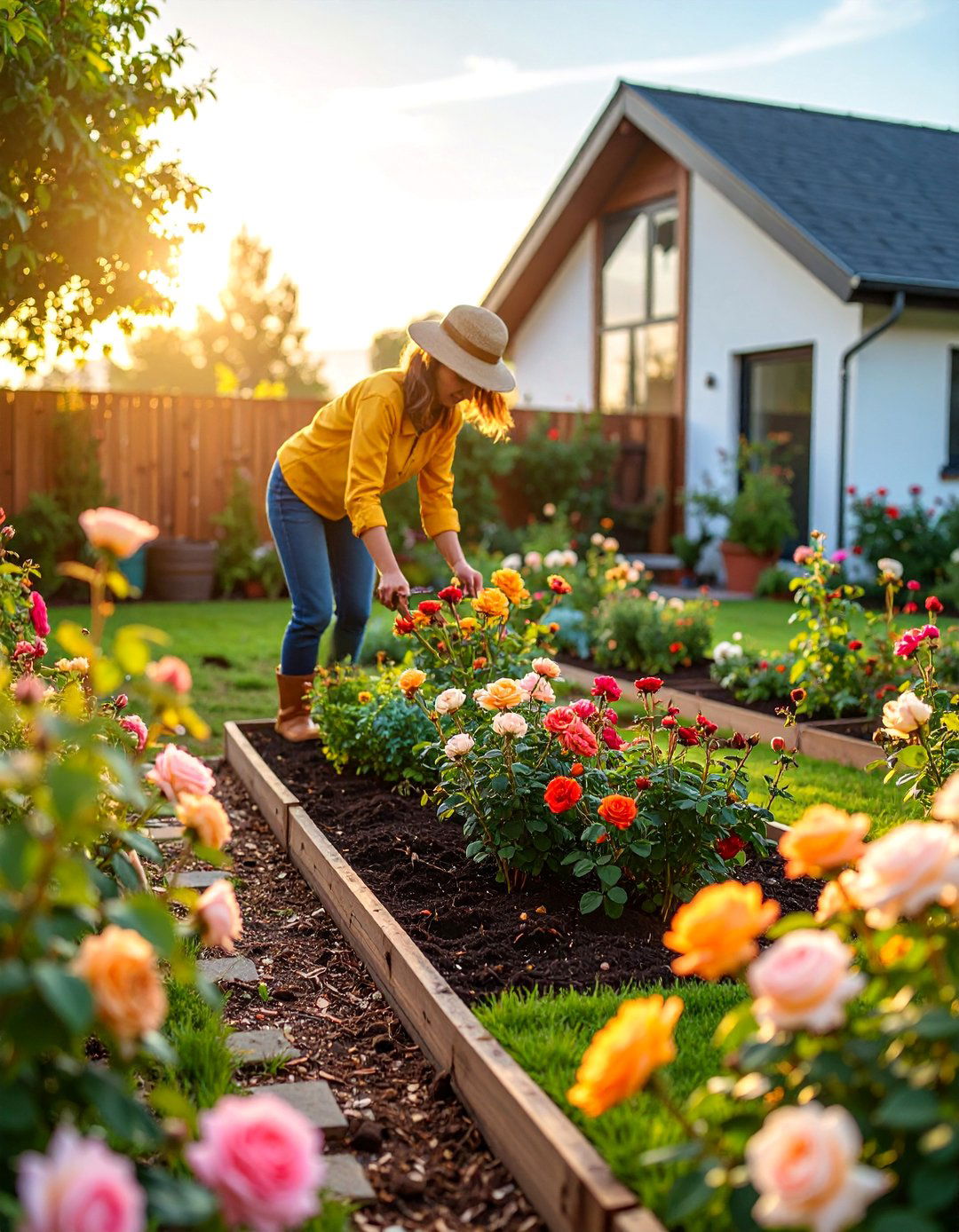
To wrap things up sustainably, a low-maintenance rose garden focuses on disease-resistant varieties and regenerative practices. Fill beds with Earth-Kind roses — ‘Carefree Beauty, ’ ‘Belinda’s Dream, ’ and ‘Mutabilis’ — requiring minimal chemical input. Sheet mulch with cardboard and wood chips to suppress weeds, locking carbon into soil. Install a 1, 000-gallon rainwater harvesting cistern feeding gravity-drip lines, eliminating potable water use. Encourage beneficial insects by sowing clover pathways and leaving overwintering stalks standing. Annual compost topdressing replaces synthetic fertilizer, while selective pruning maintains natural shapes rather than show bench perfection. The outcome is a thriving, resilient rose garden that rewards you with color, fragrance, and ecological peace of mind.
25. Children’s Sensory Rose Garden
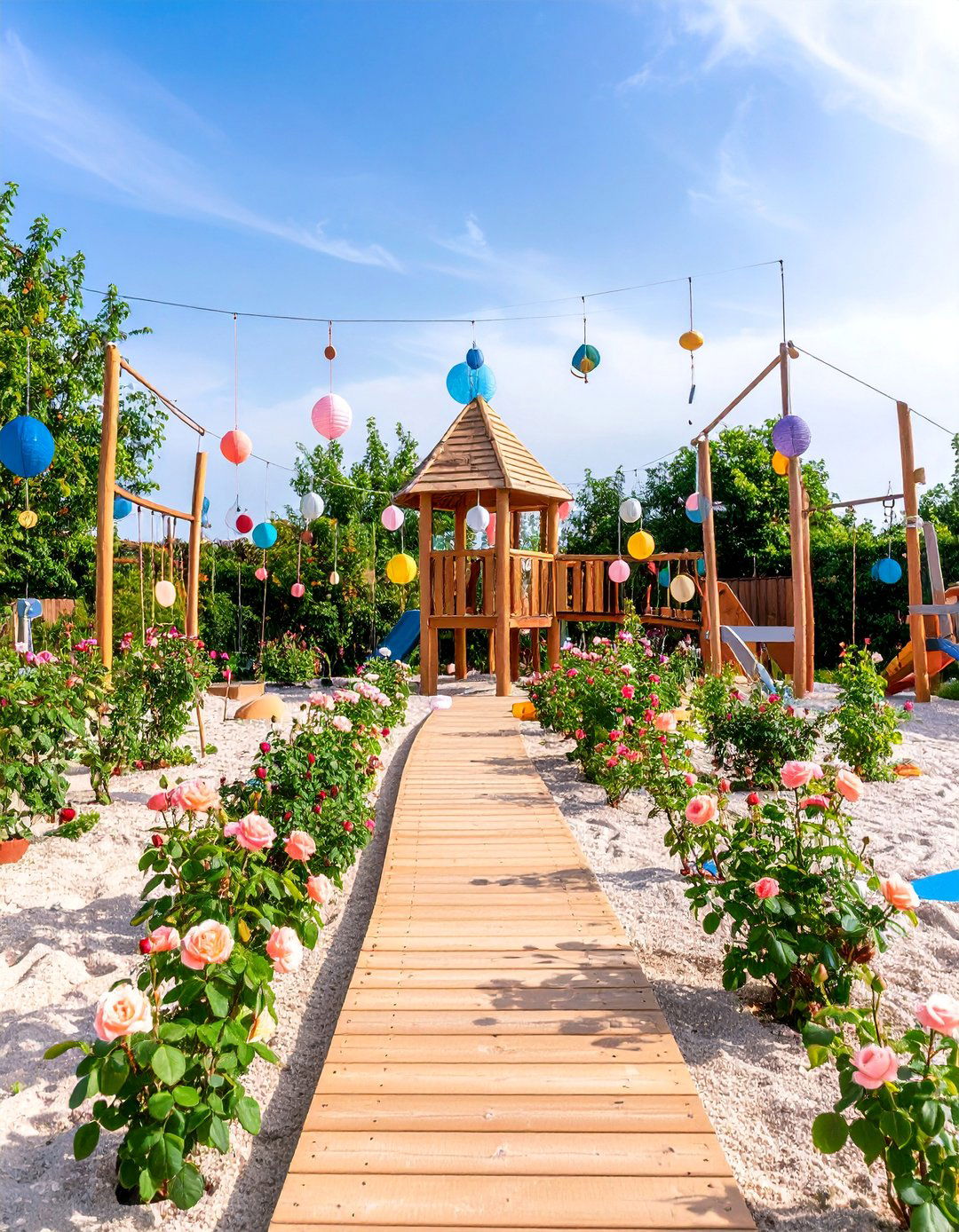
Finally, a children’s sensory rose garden invites curious hands and imaginations. Plant thornless or nearly thornless varieties — ‘Smooth Touch’ or ‘Zephirine Drouhin’ — at child height. Intermingle soft lamb’s ear, chocolate mint, and snapdragons for tactile exploration. A low, winding boardwalk guides wheelbarrows and little feet without trampling soil. Install brightly painted wooden labels featuring rose names and cartoon pollinator illustrations to spark learning. Chimes hung from pergola rafters add gentle sound, while a small digging sandbox encourages discovery of earthworms. Safe, organic pest controls ensure edible petals can be tasted worry-free. By engaging sight, smell, touch, taste, and hearing, the garden fosters lifelong appreciation of nature.
Conclusion:
All things considered, roses adapt to nearly any setting when paired with thoughtful design, suitable varieties, and maintenance that respects climate and lifestyle. From formal parterres to rooftop escapes, these 25 rose garden ideas prove there’s a blueprint for every dreamer. Choose one, tailor it, and let your personal Eden bloom.




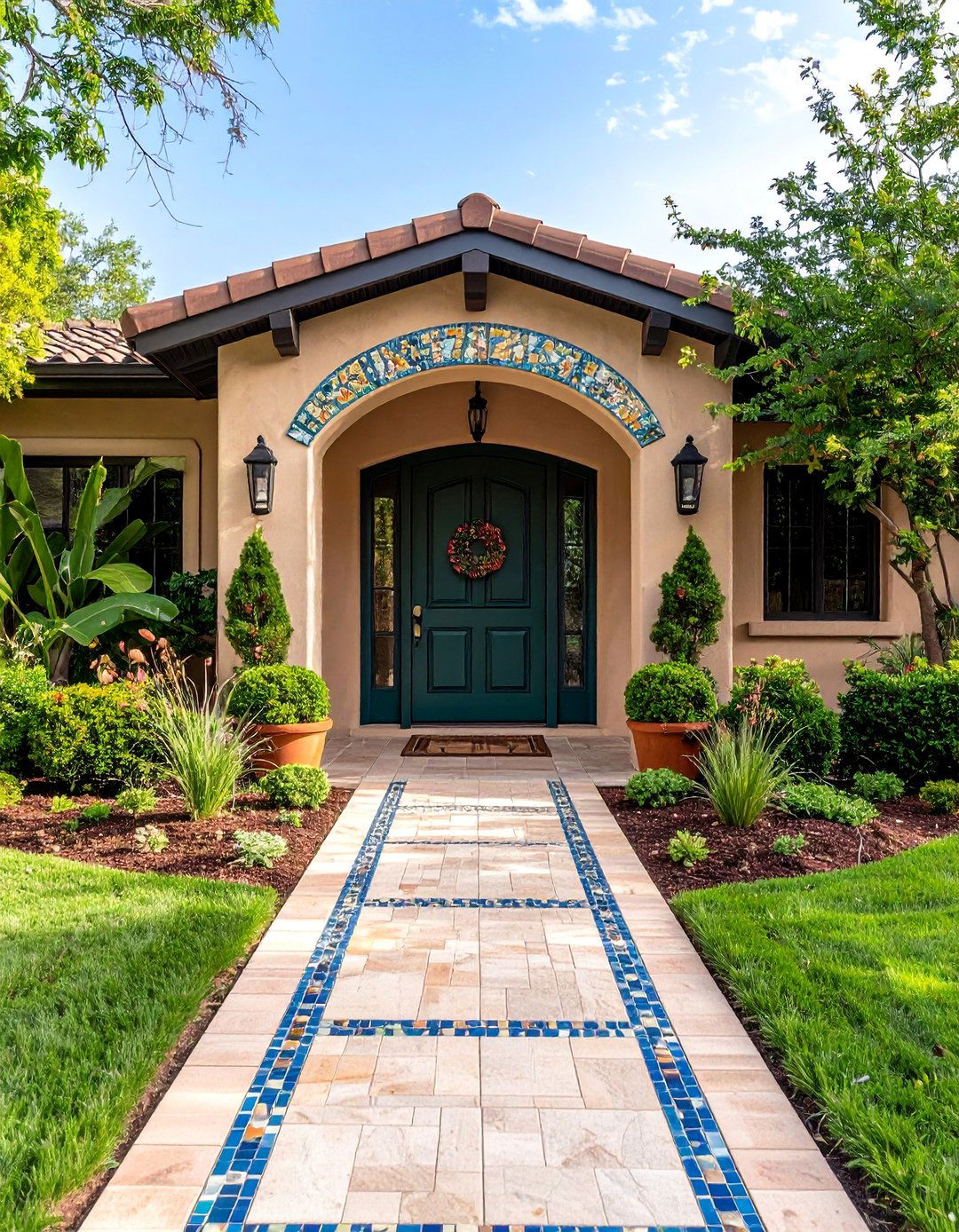
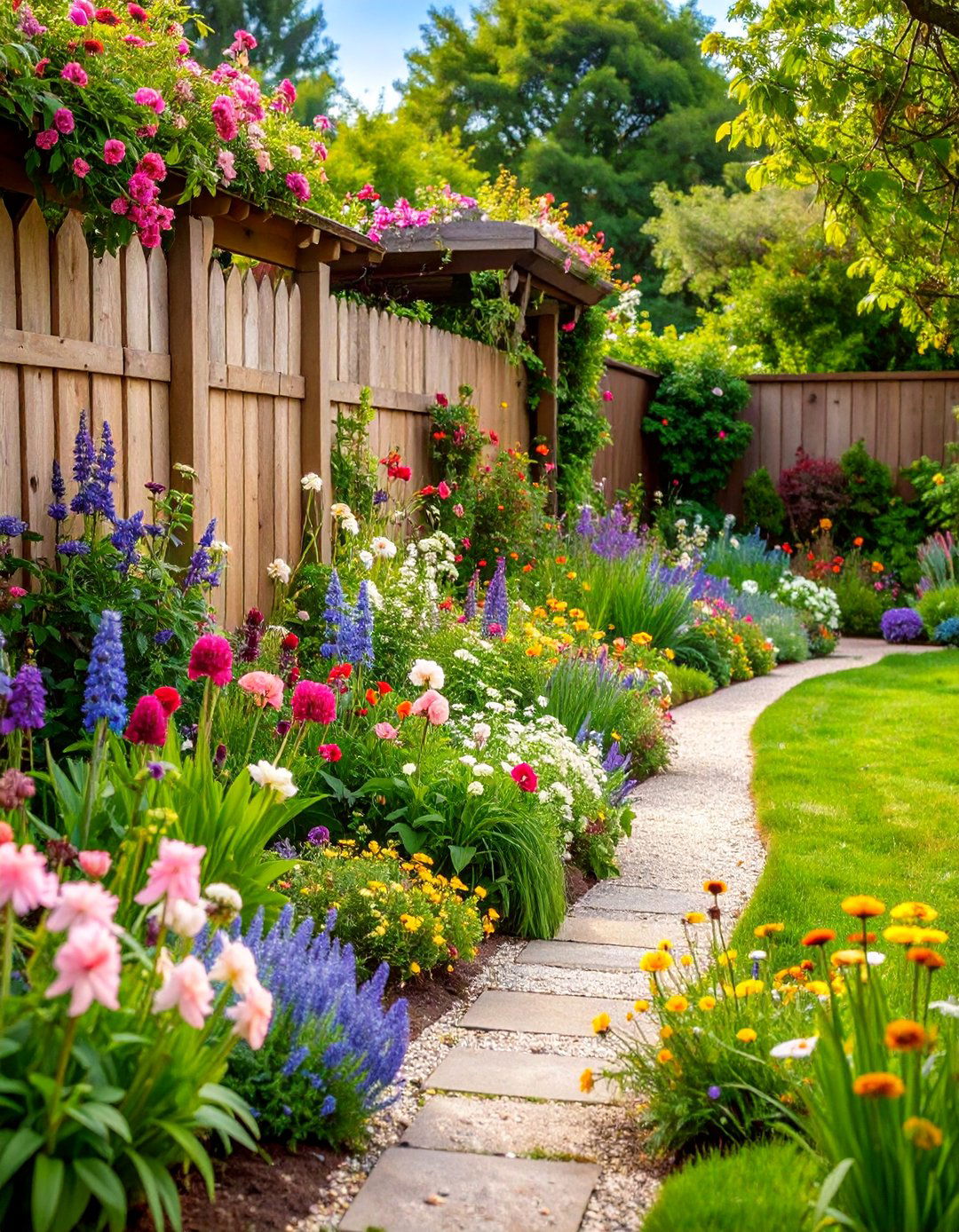
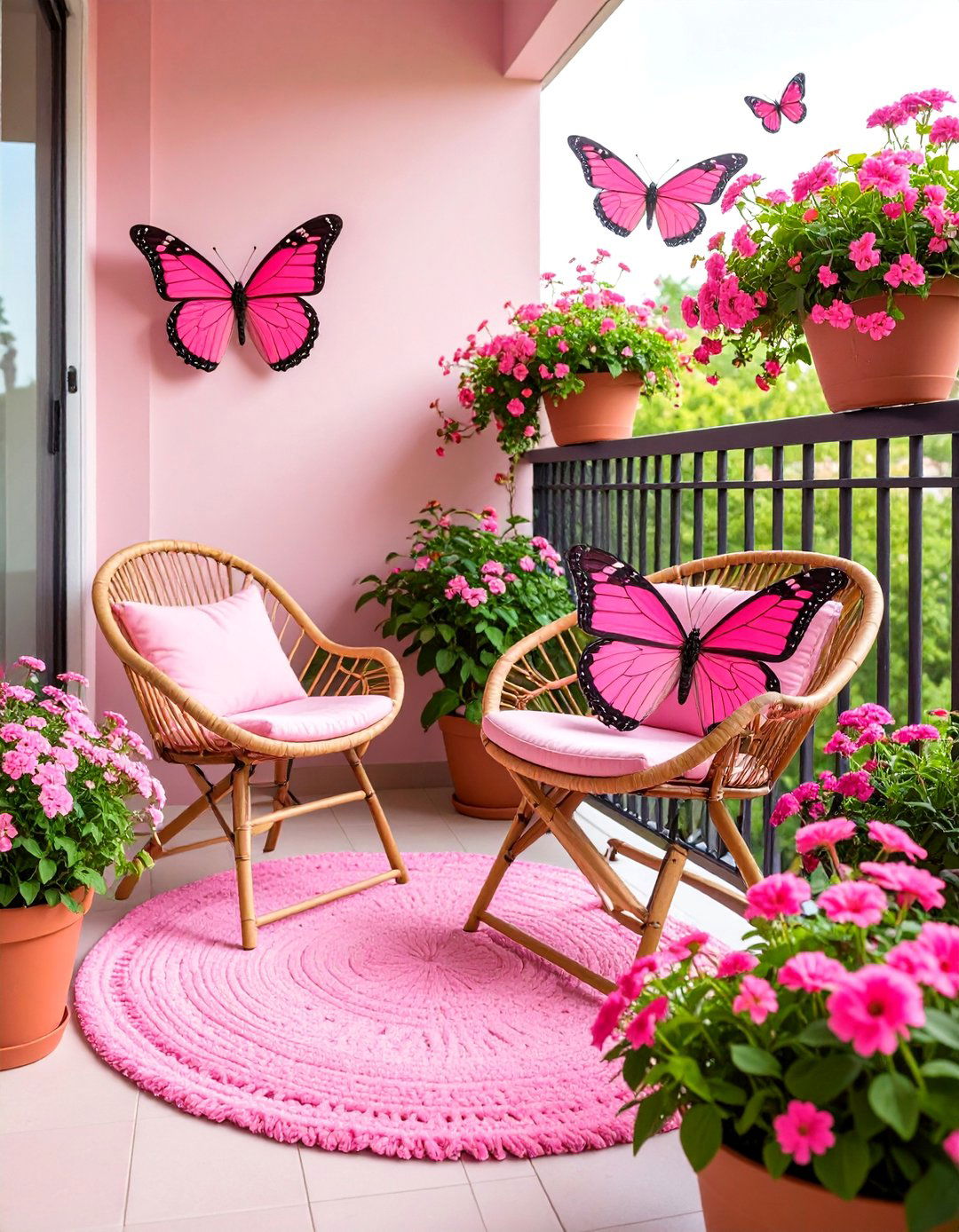
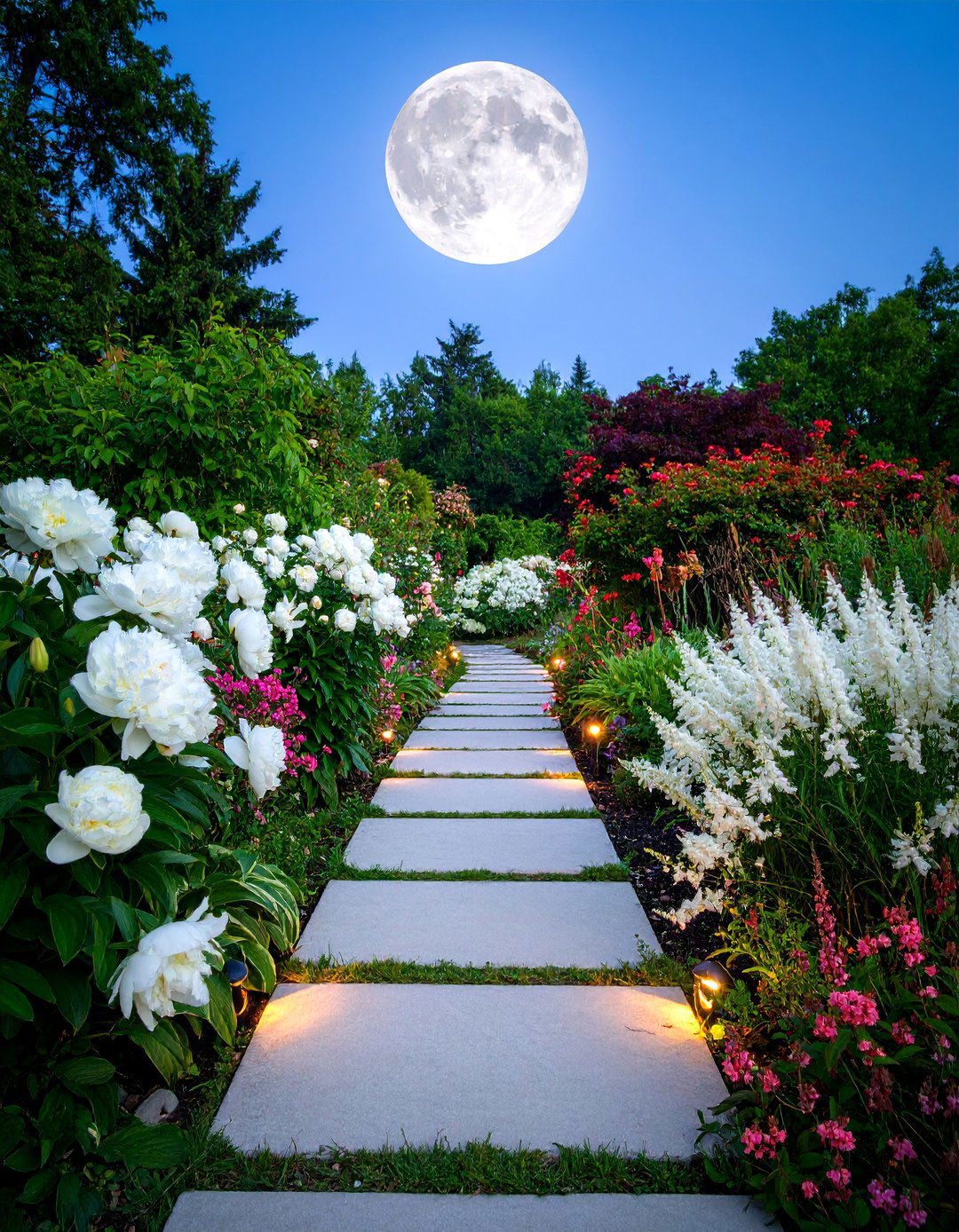
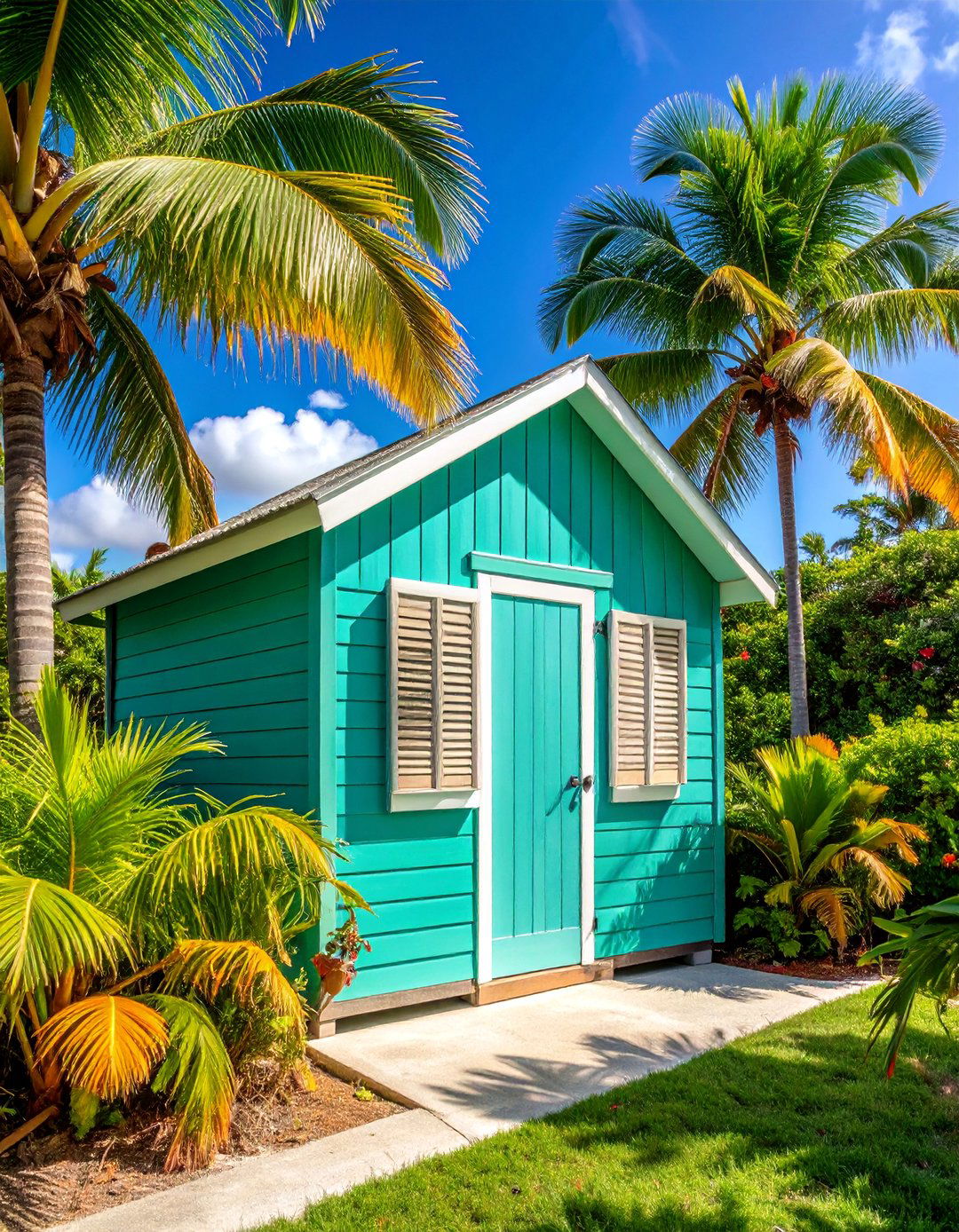
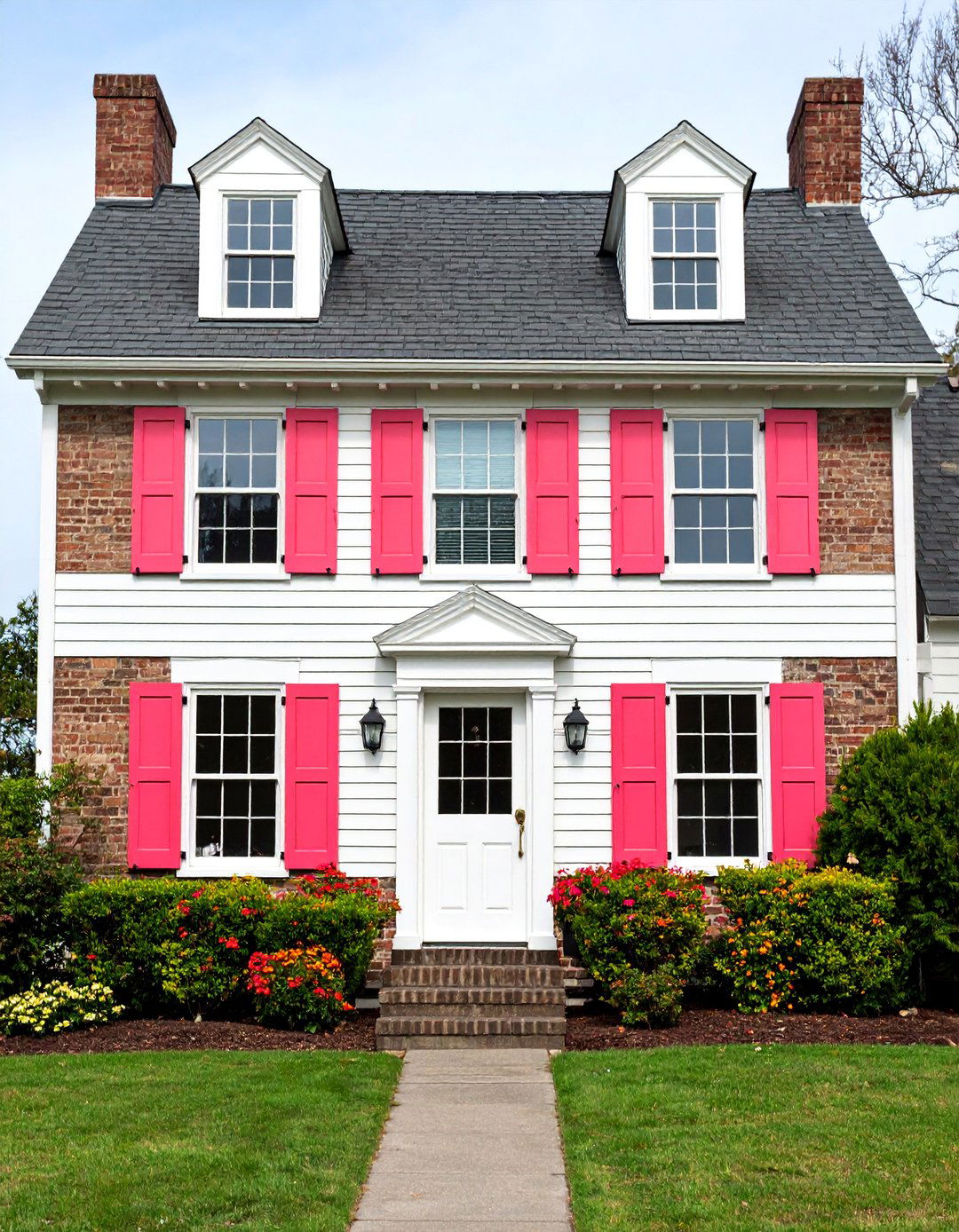
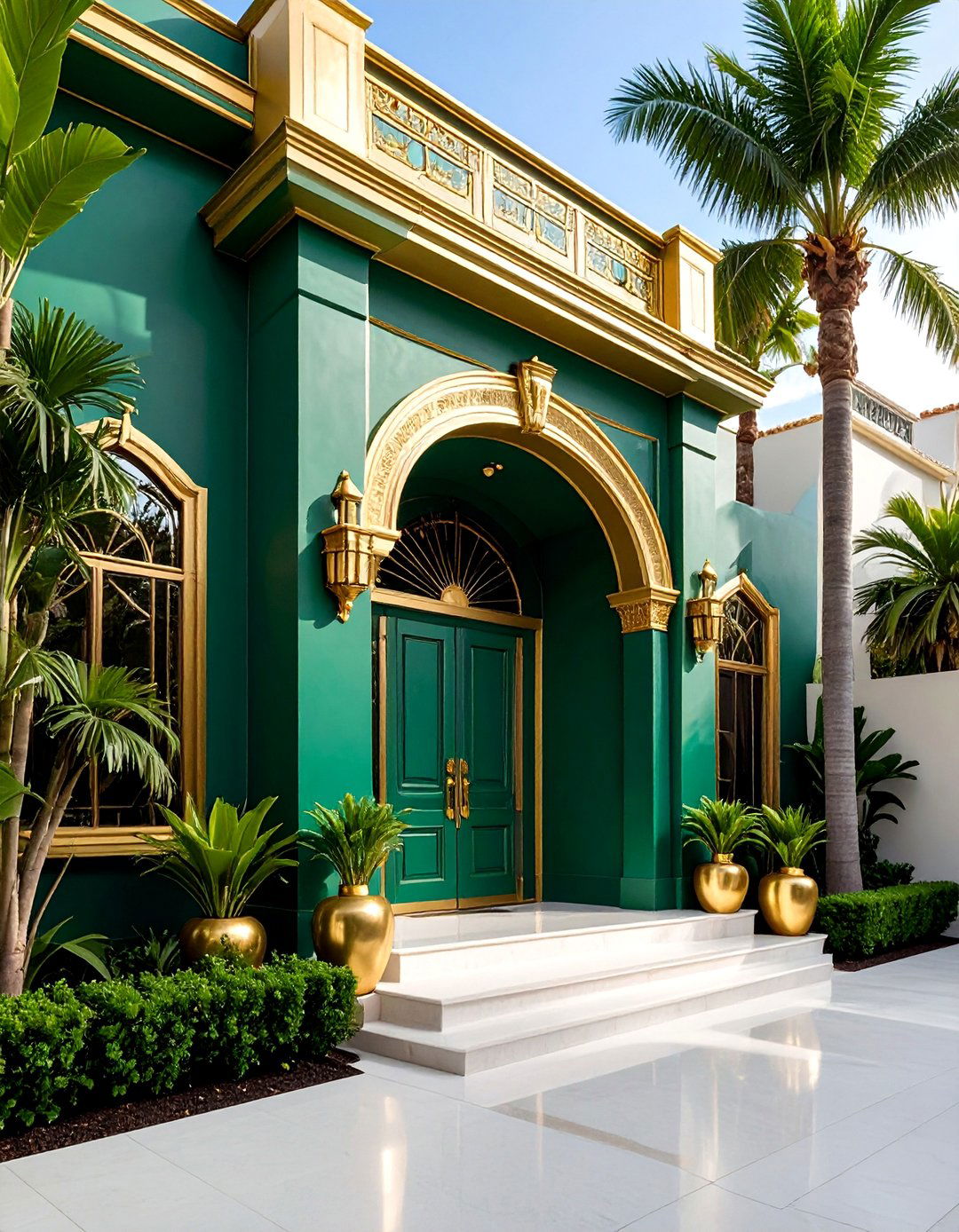

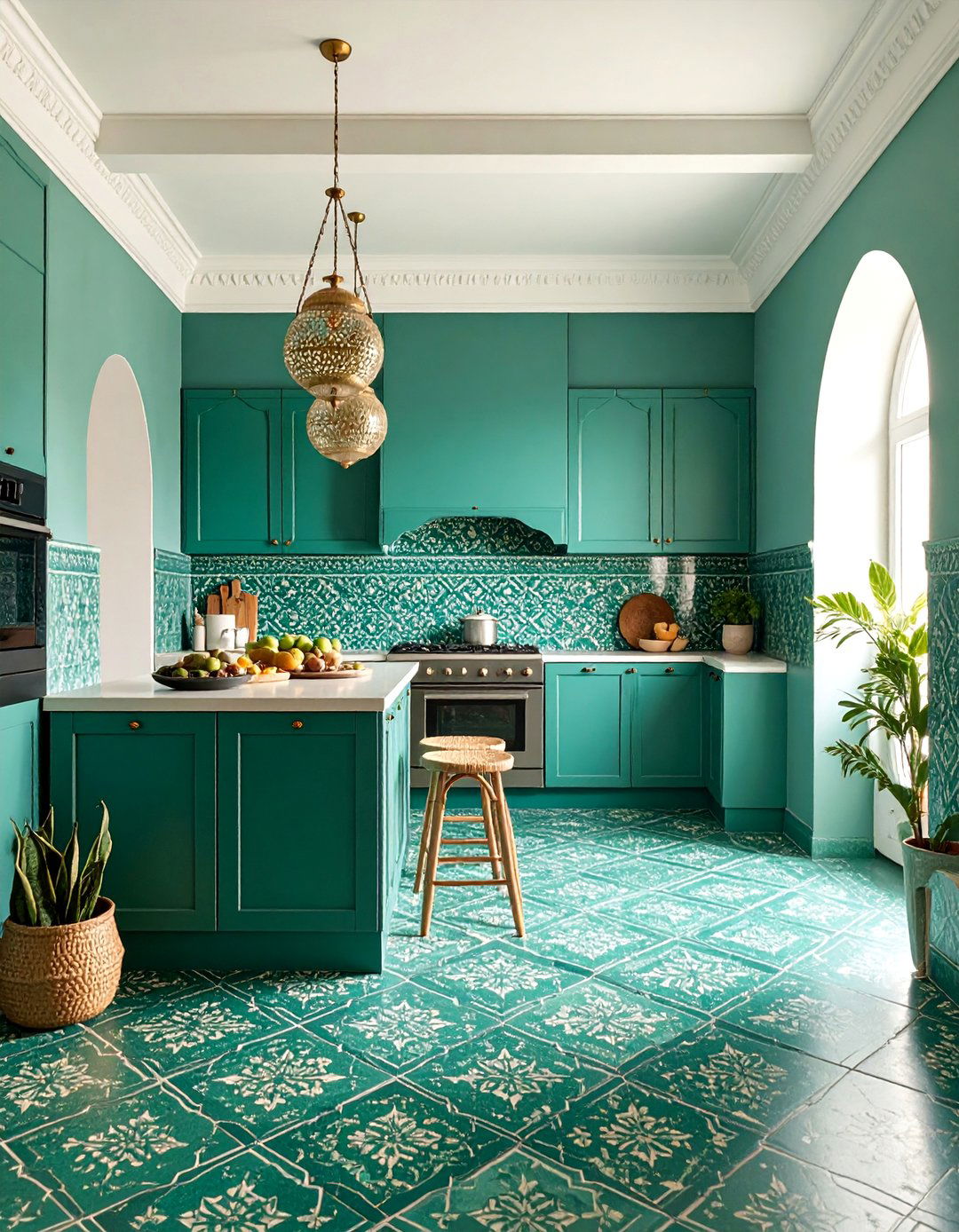
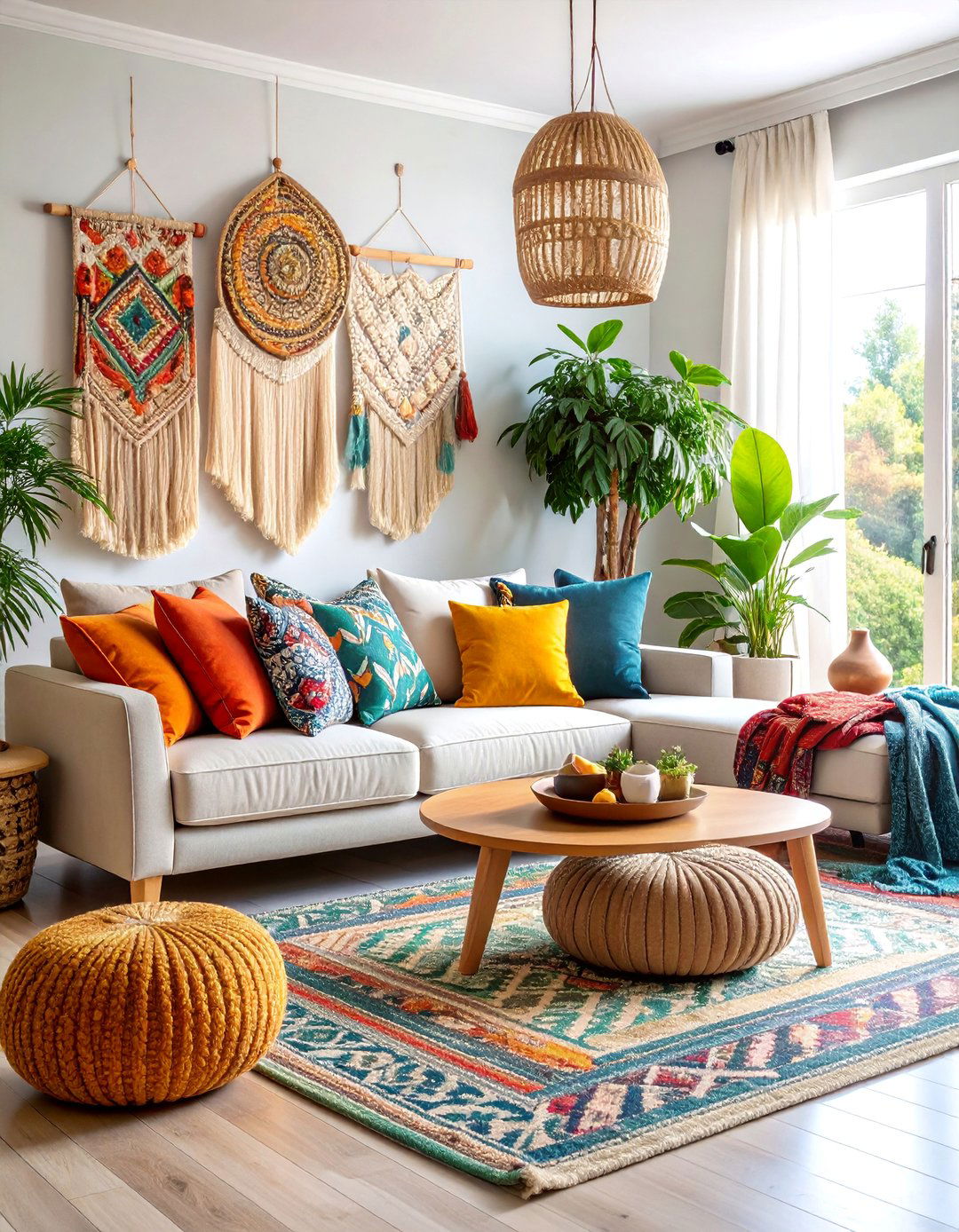



Leave a Reply